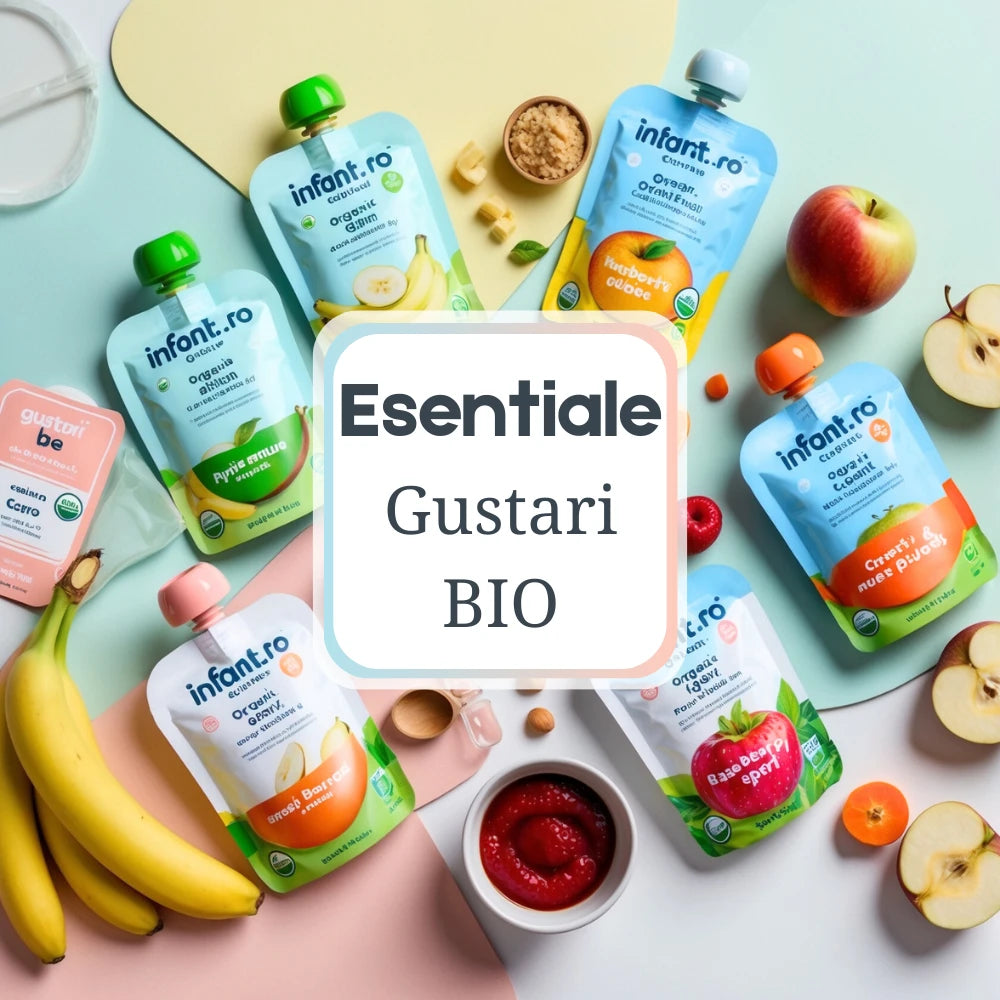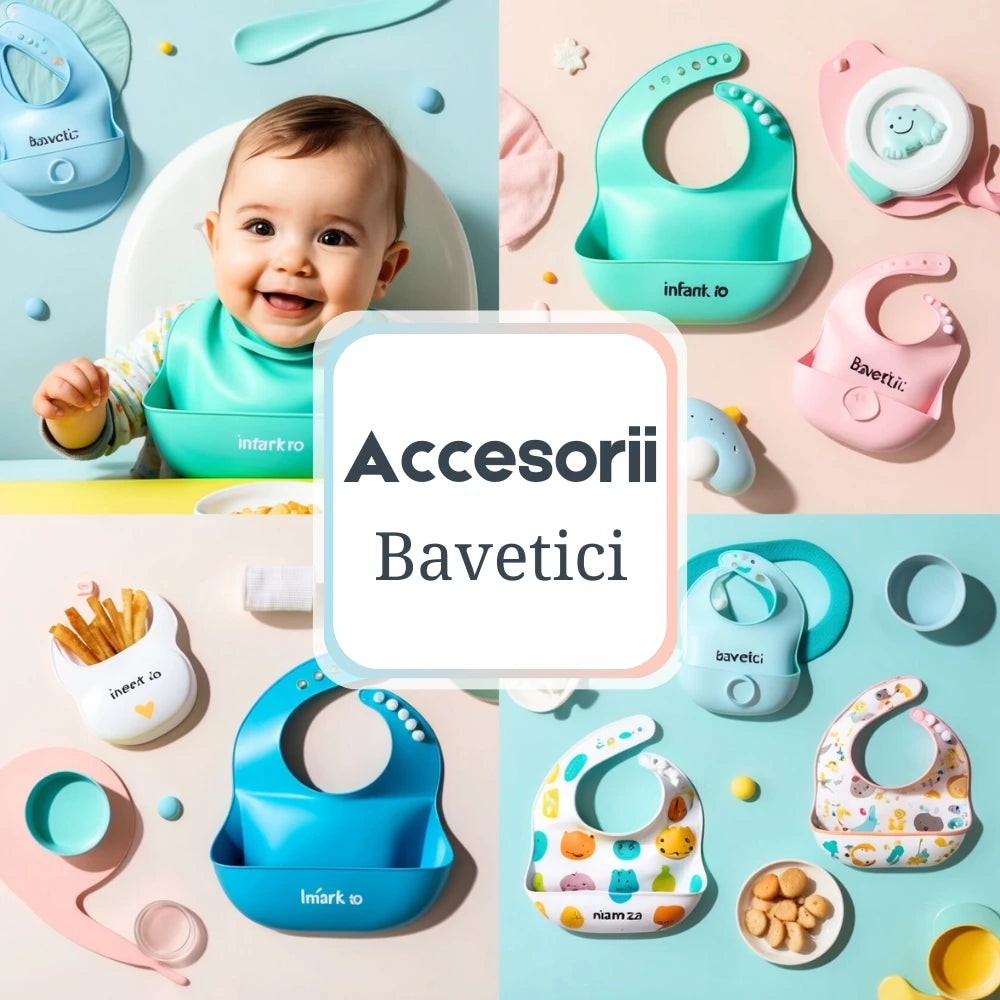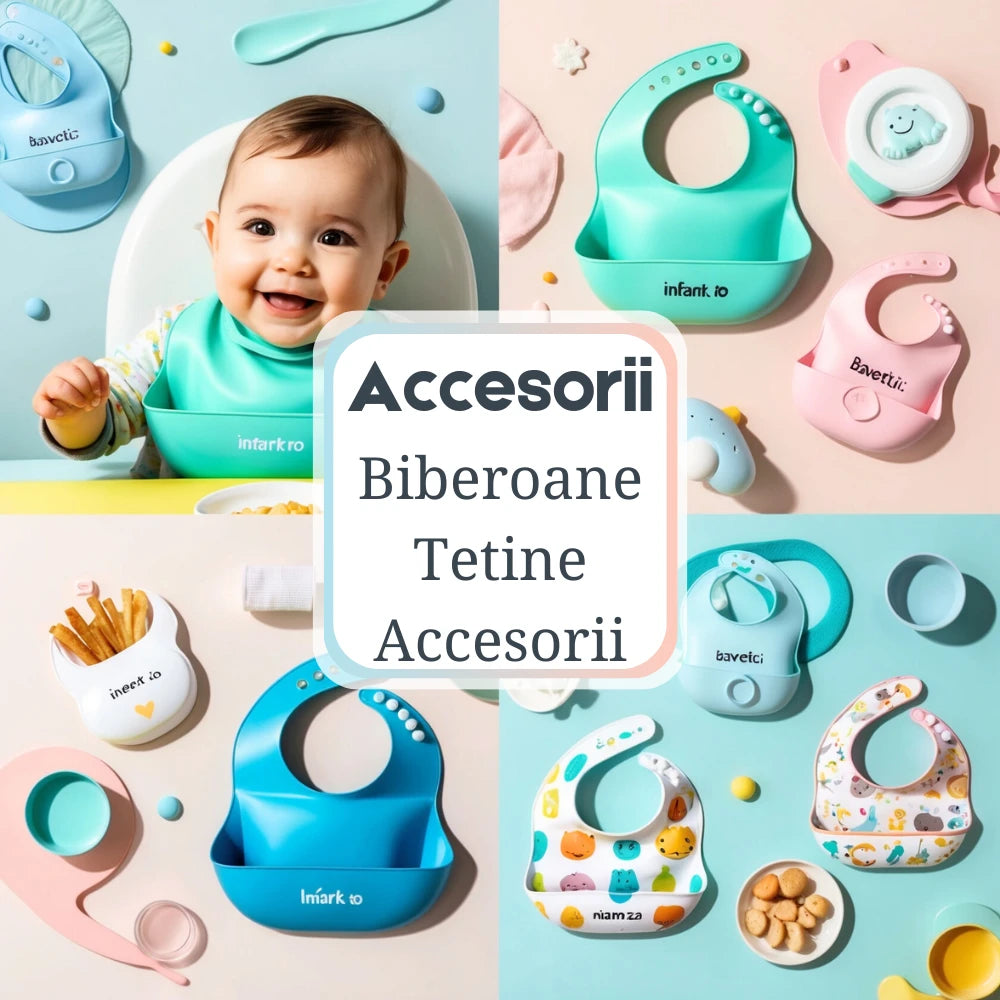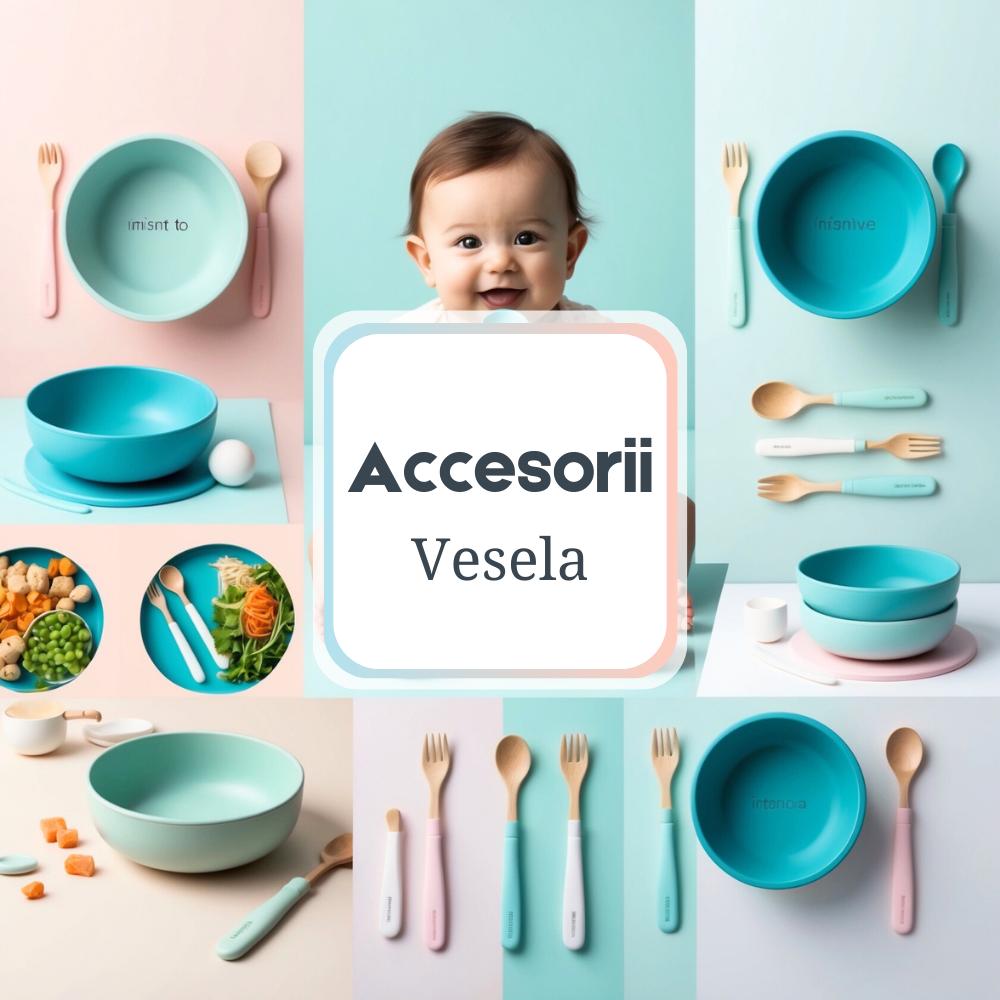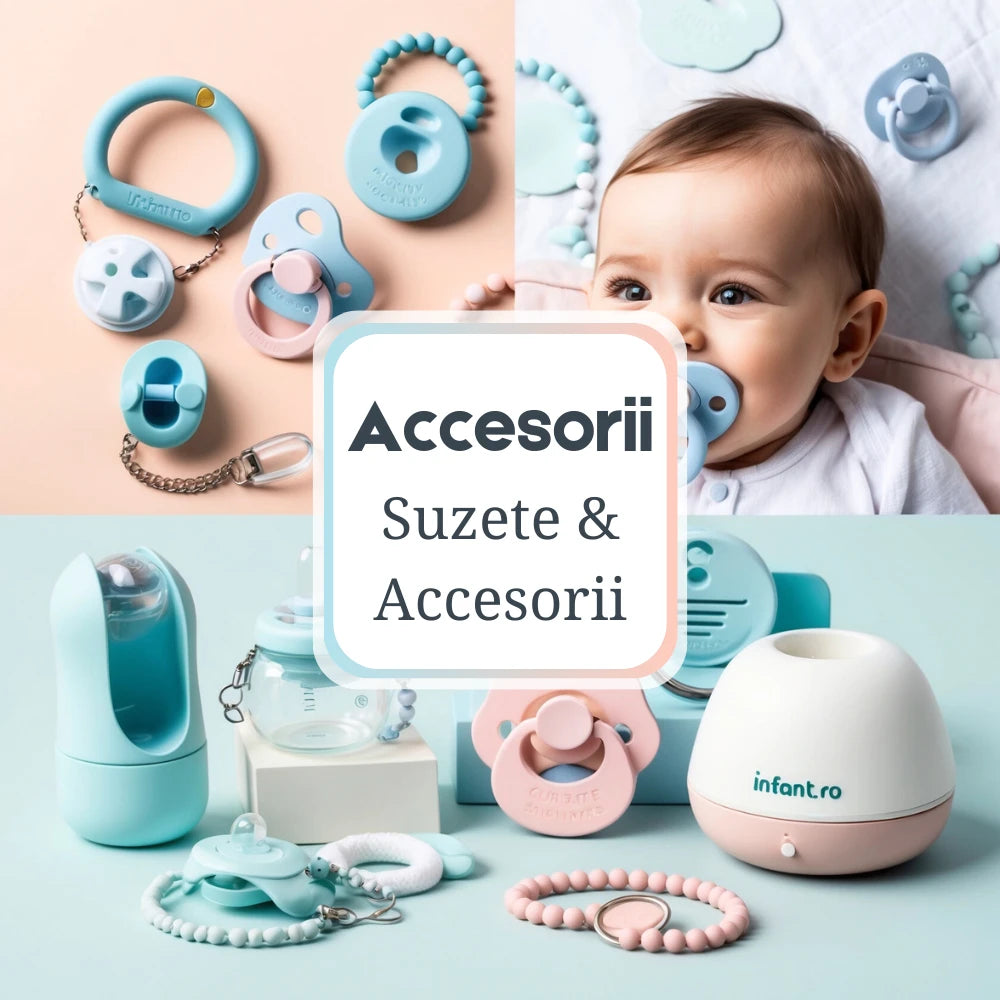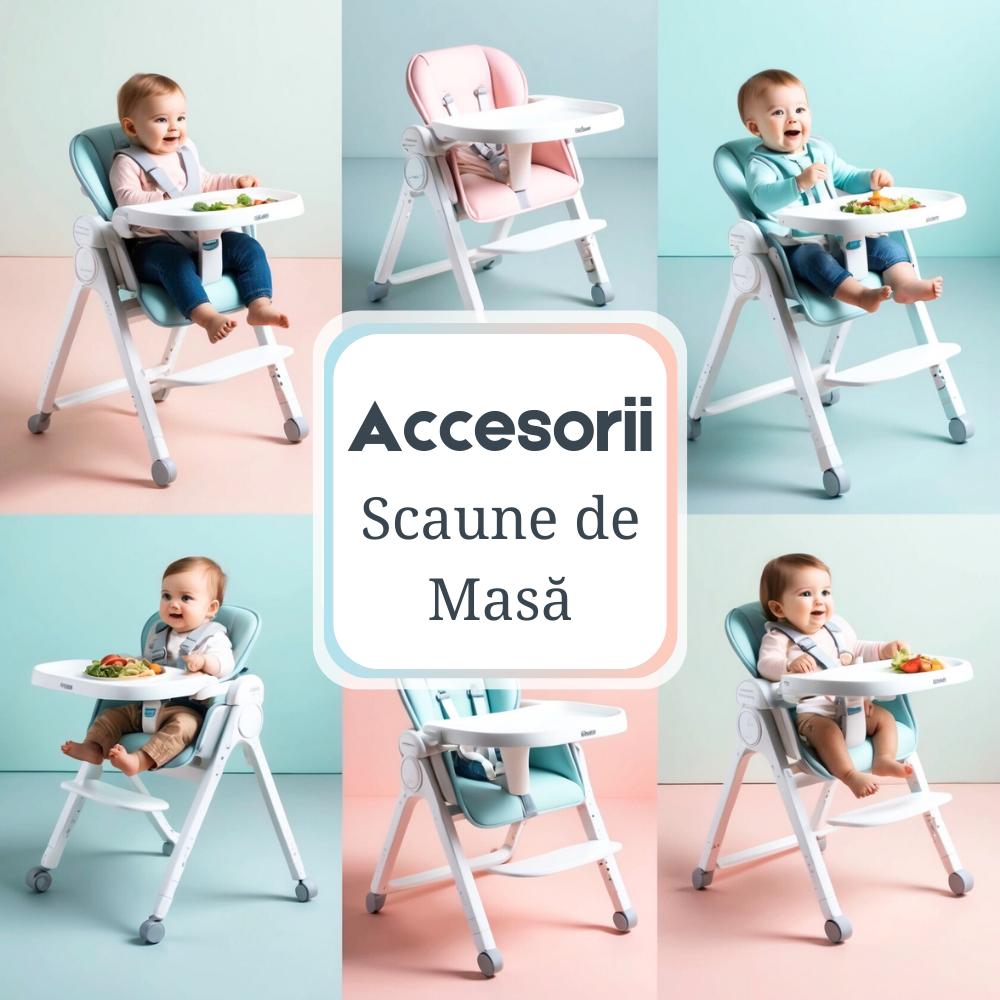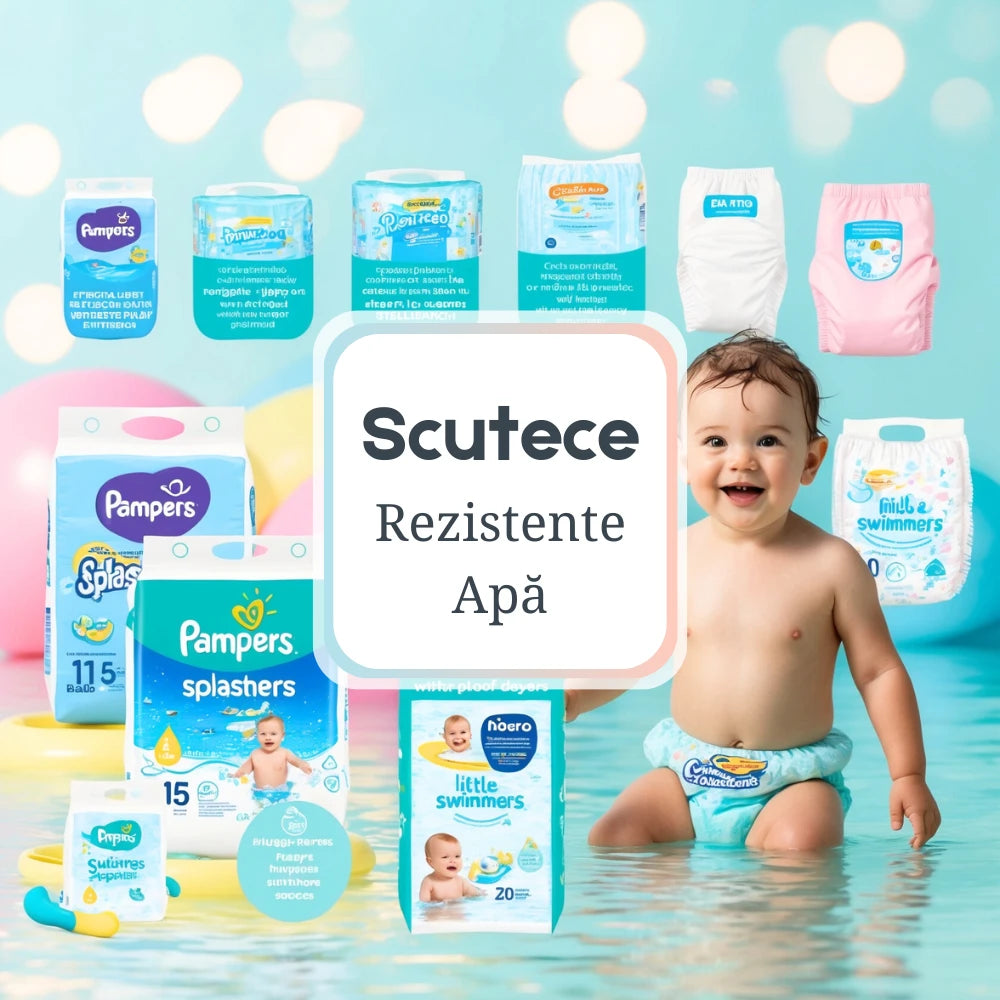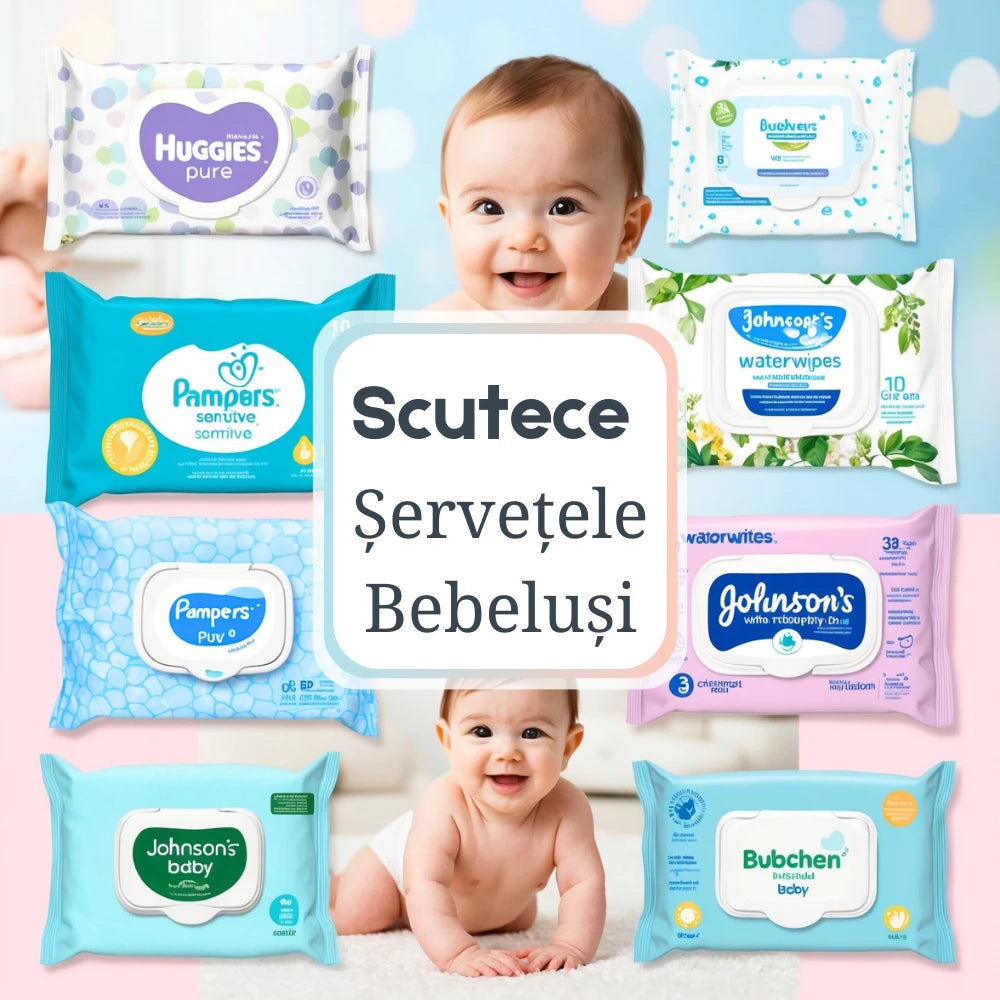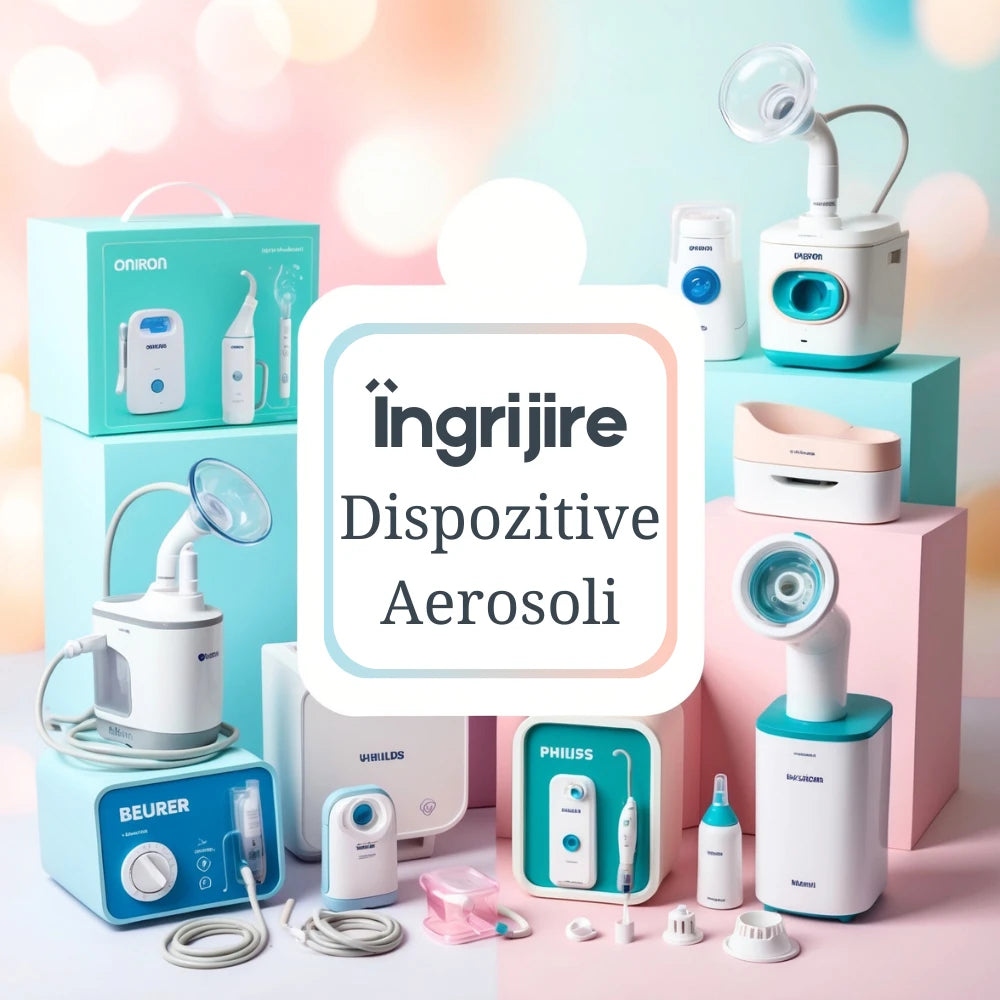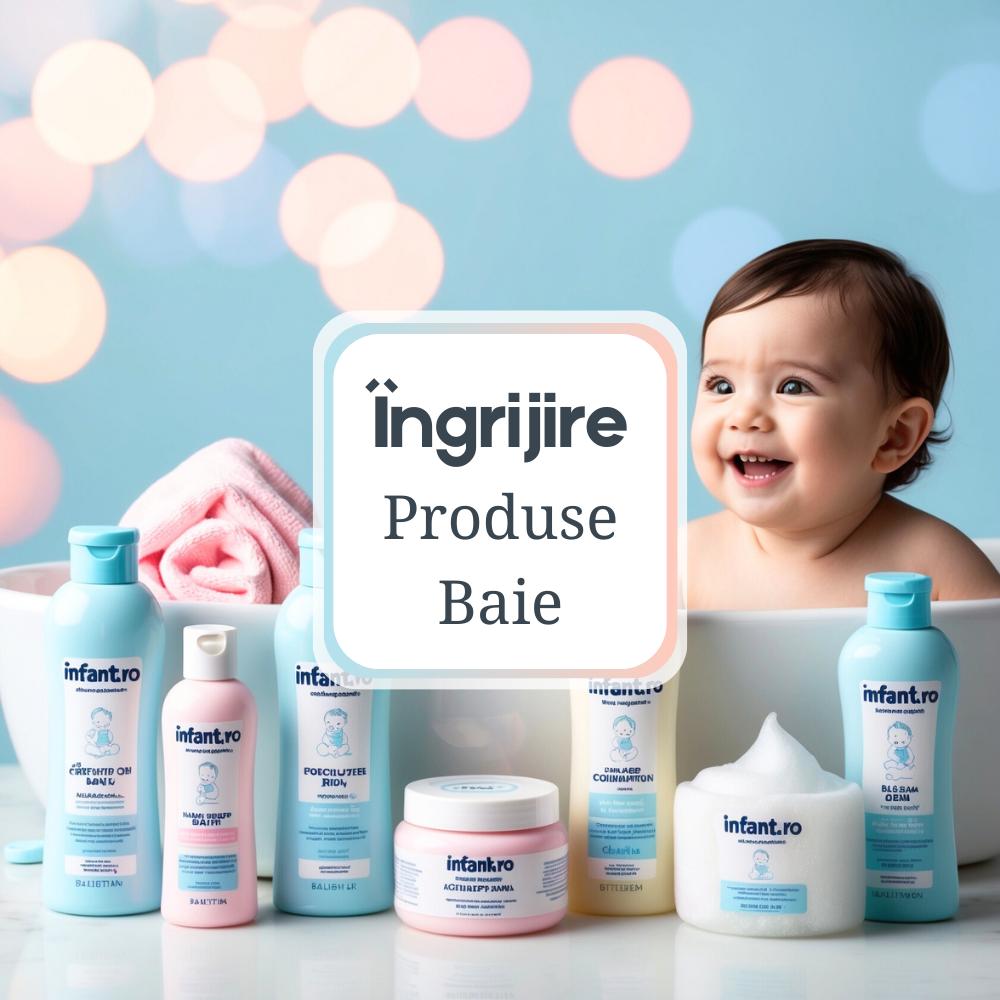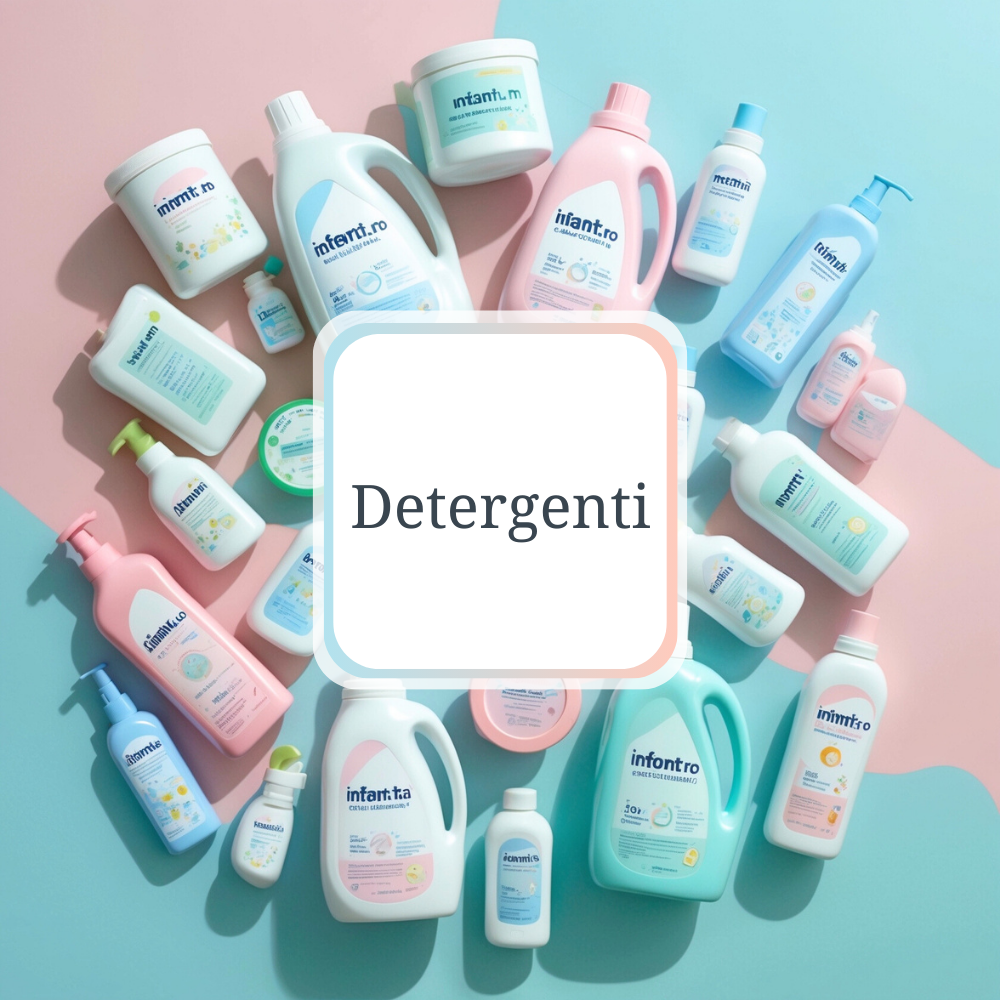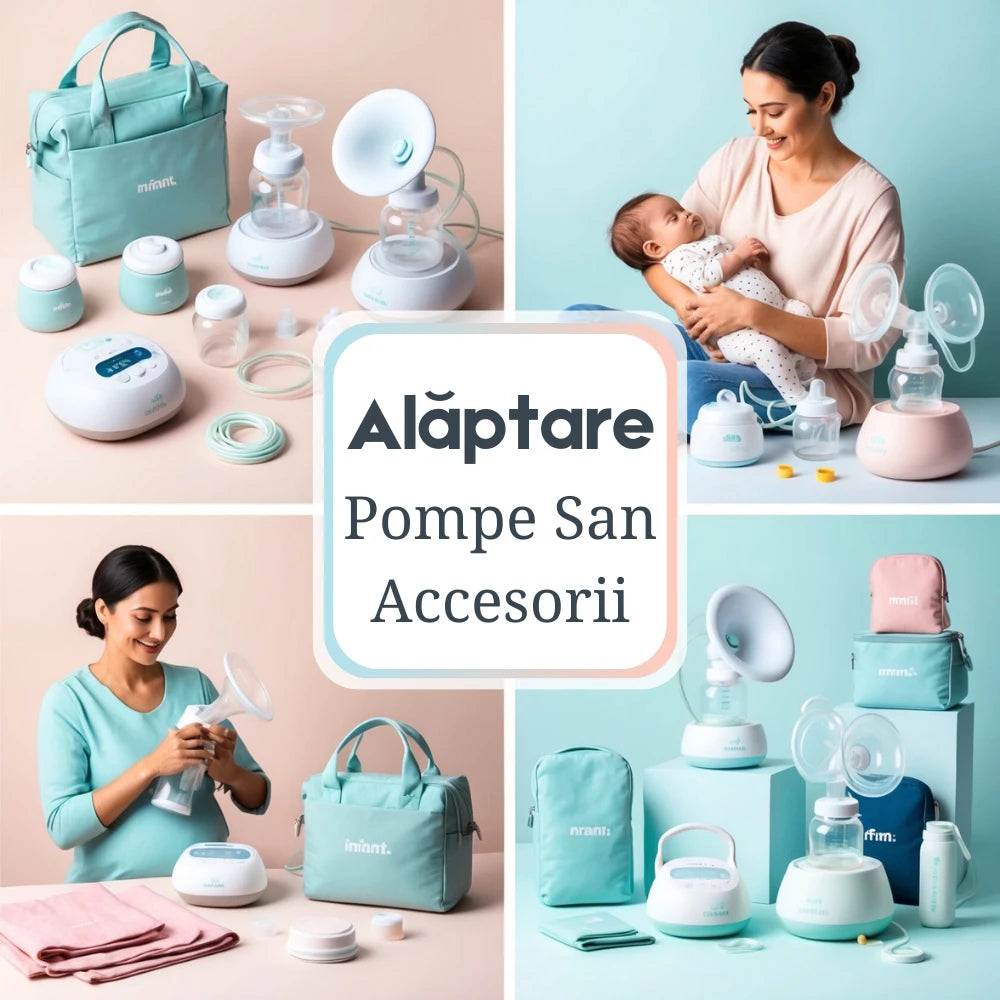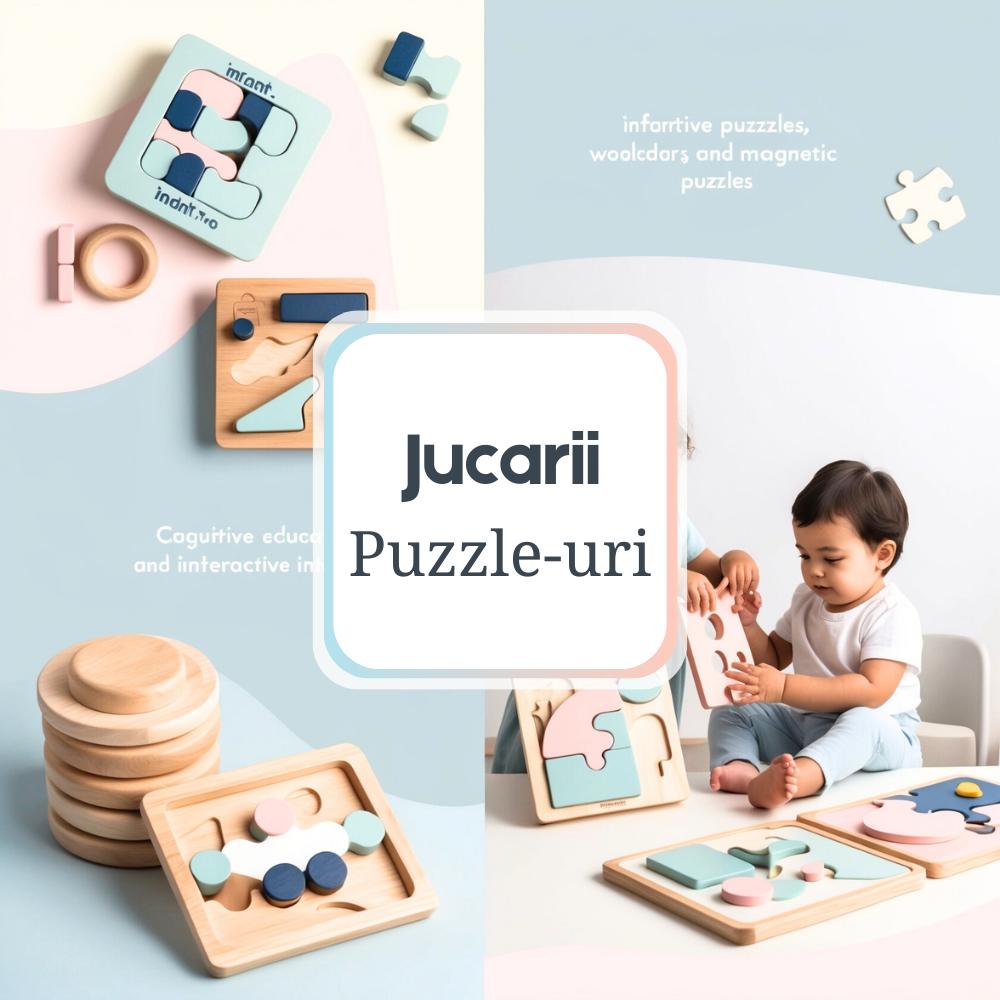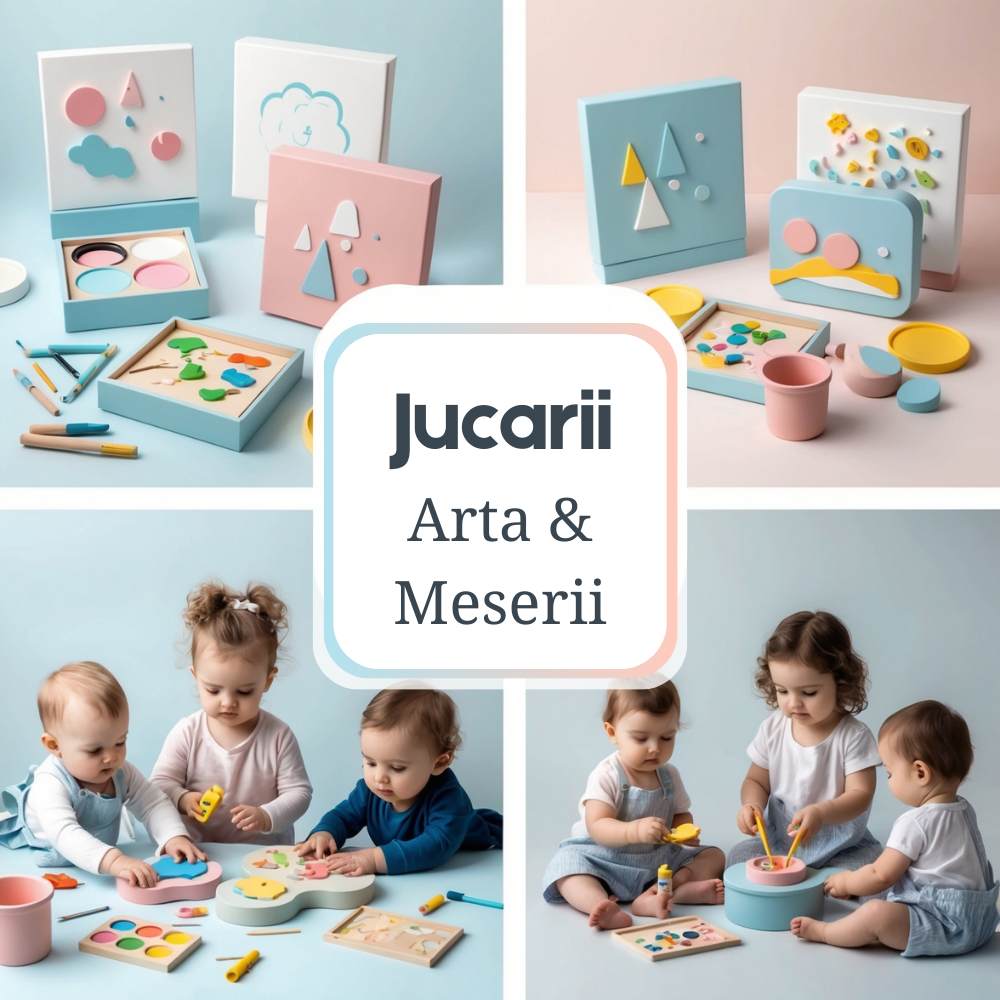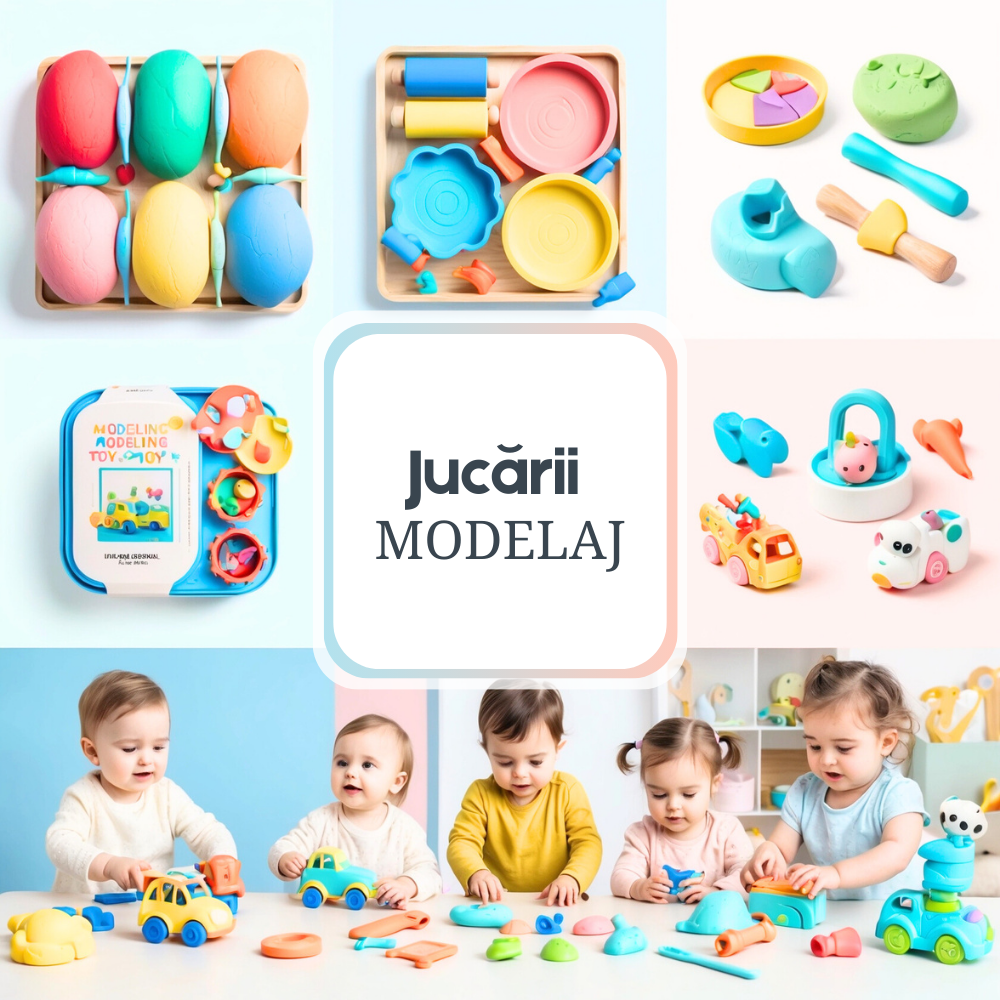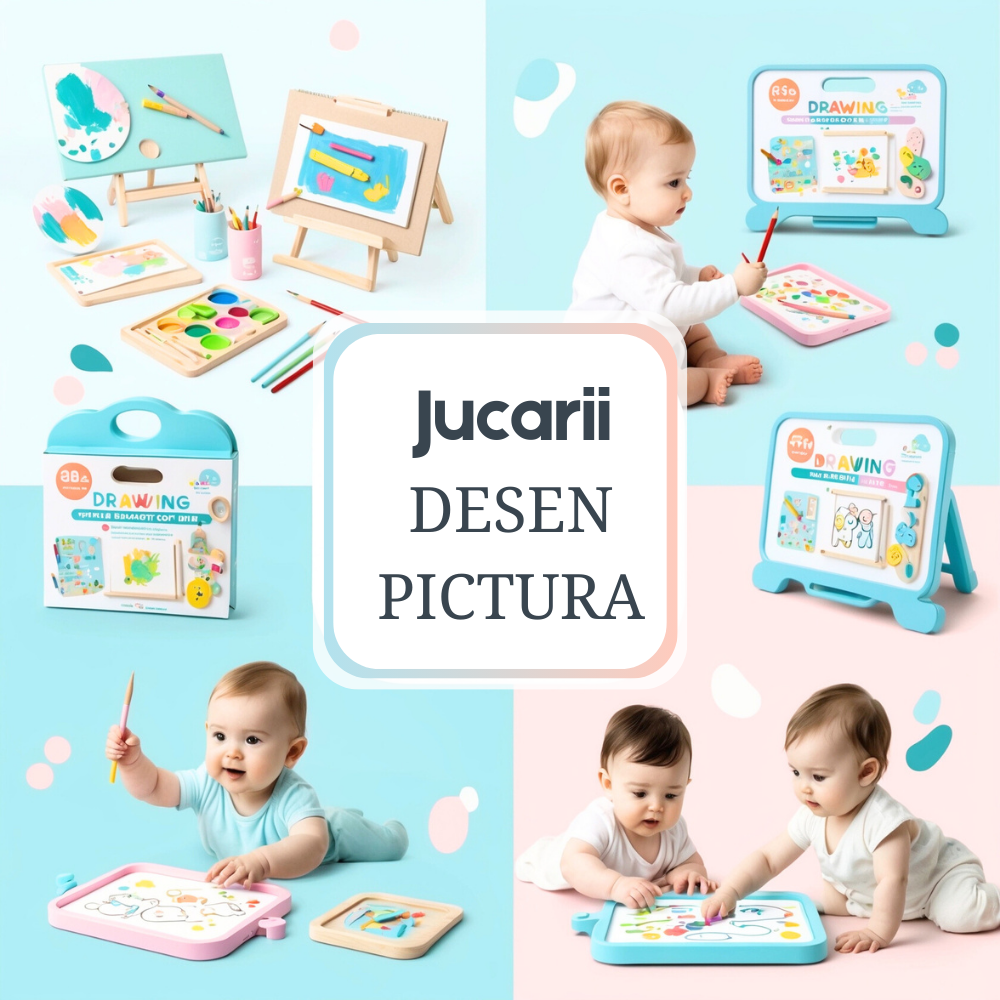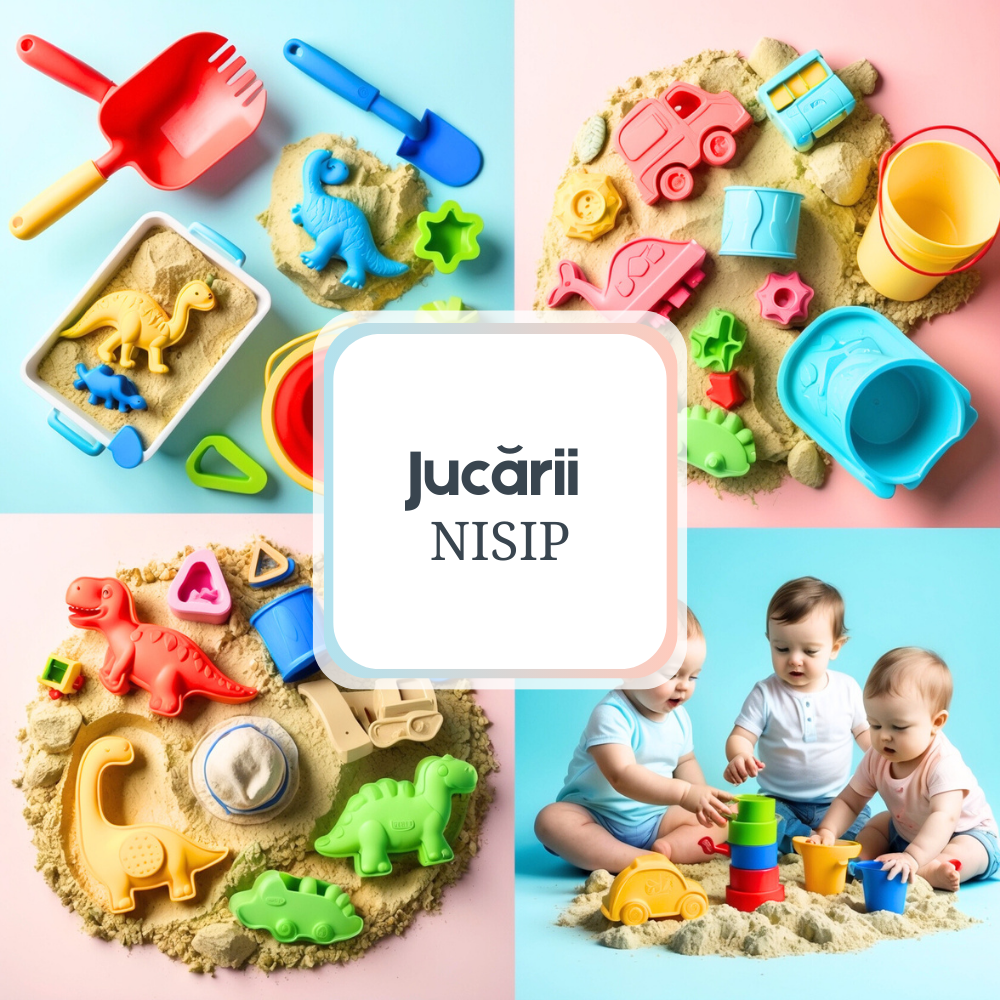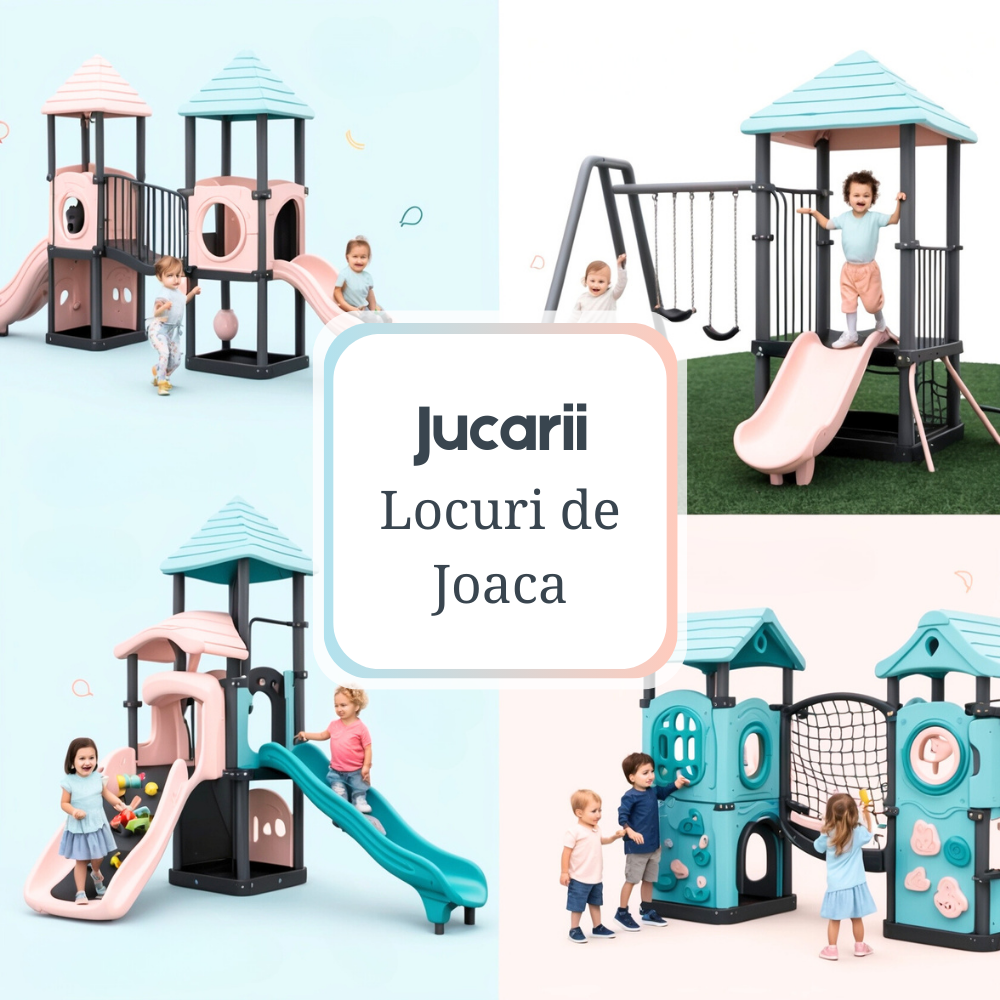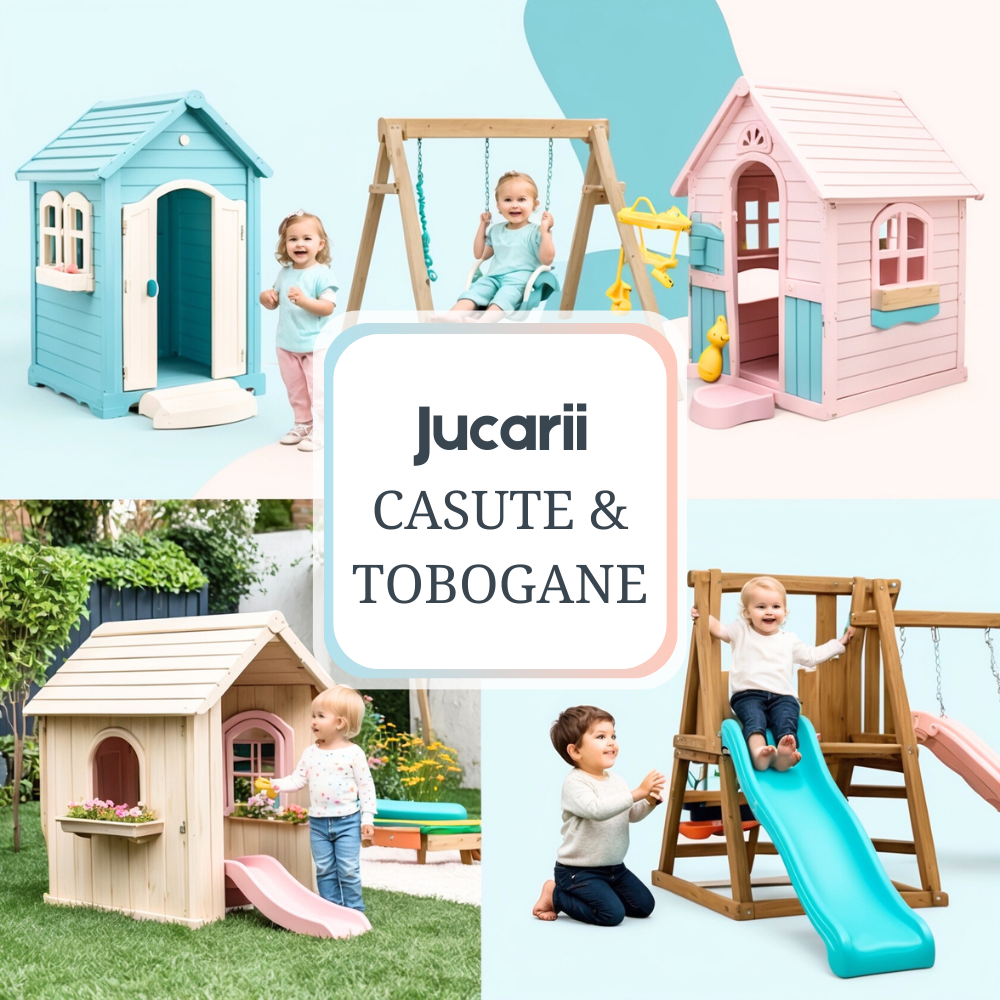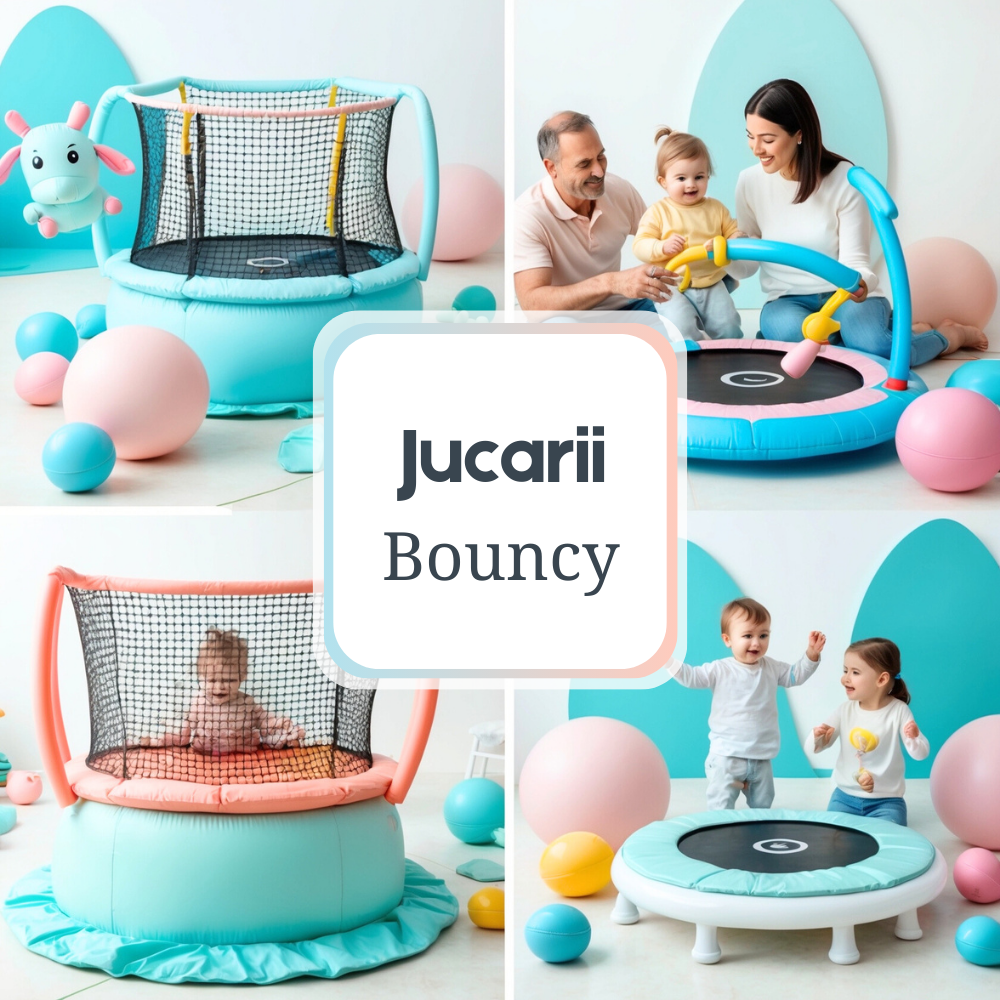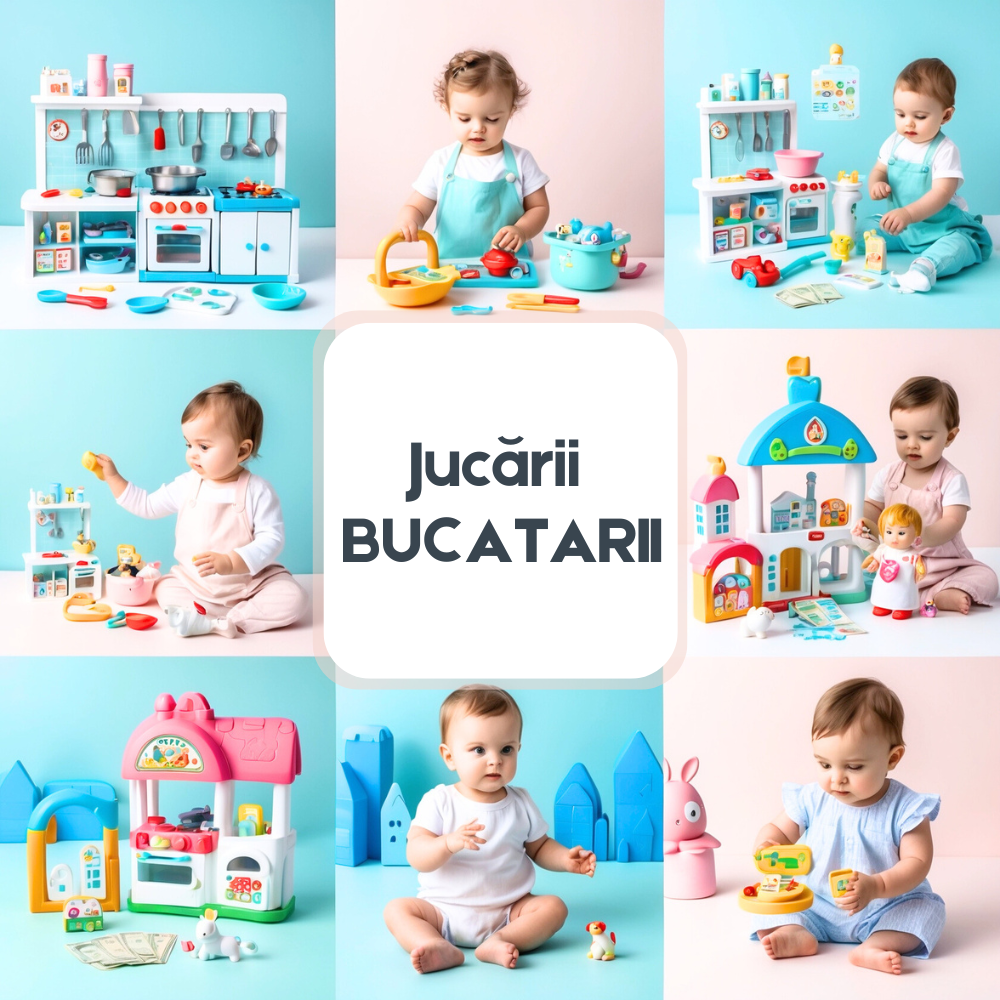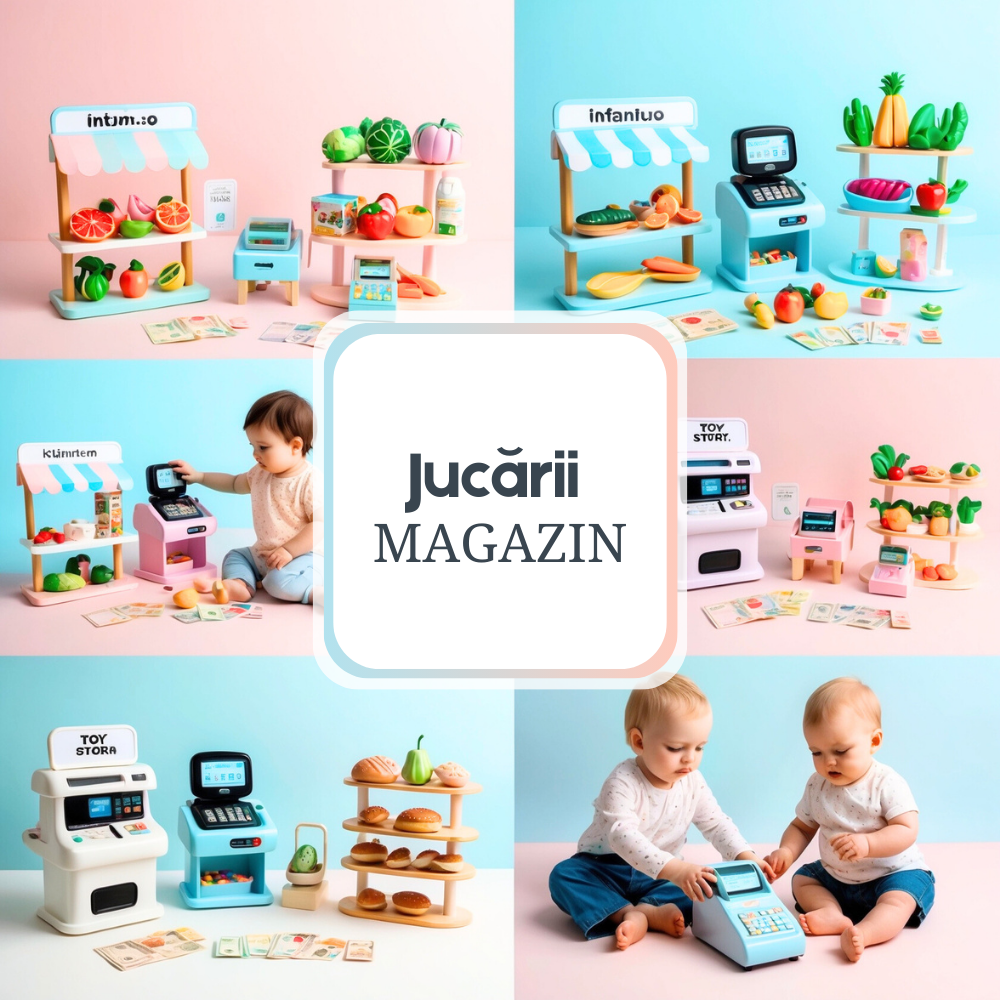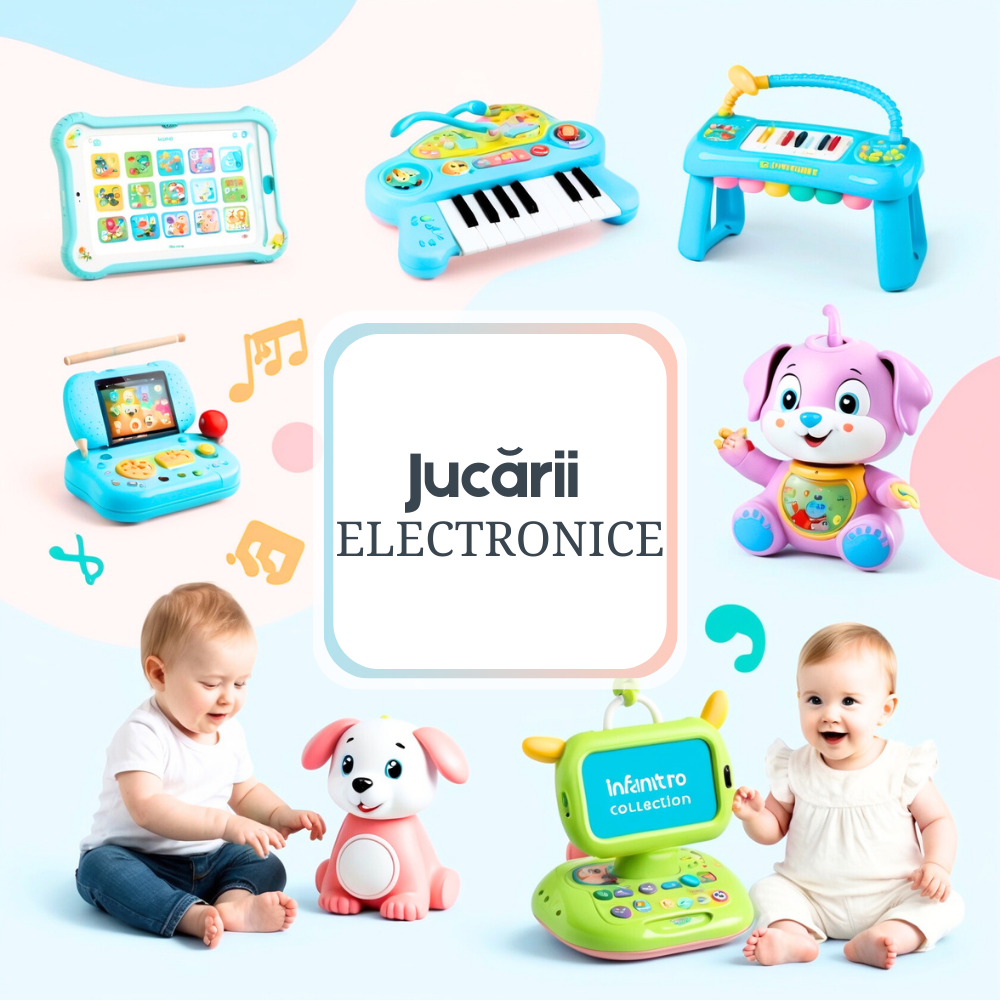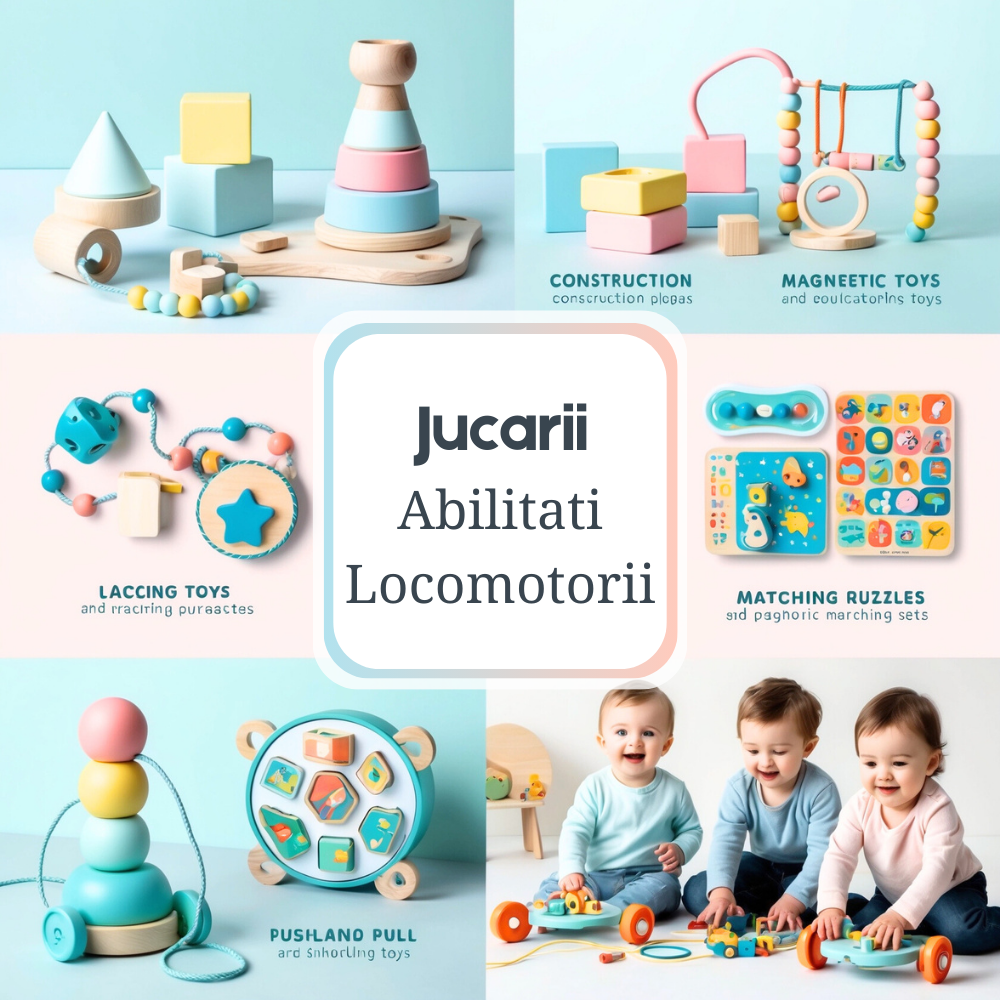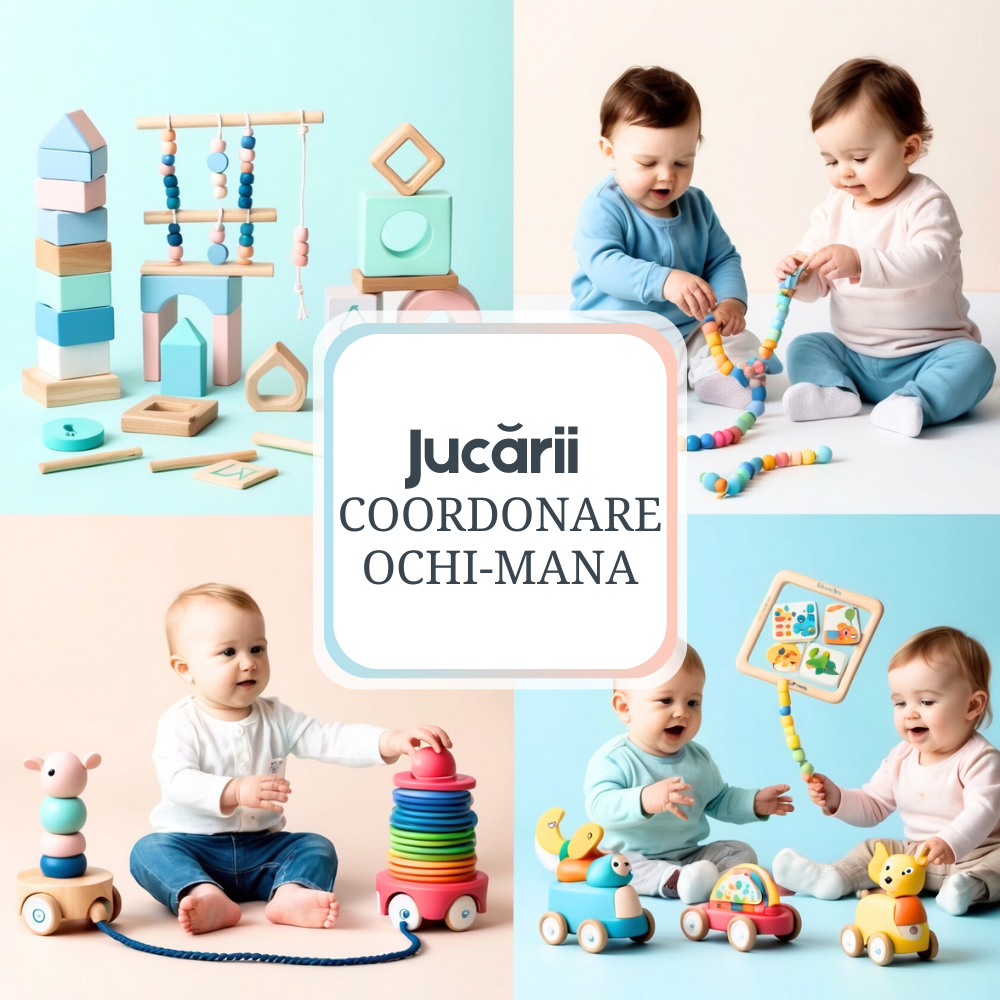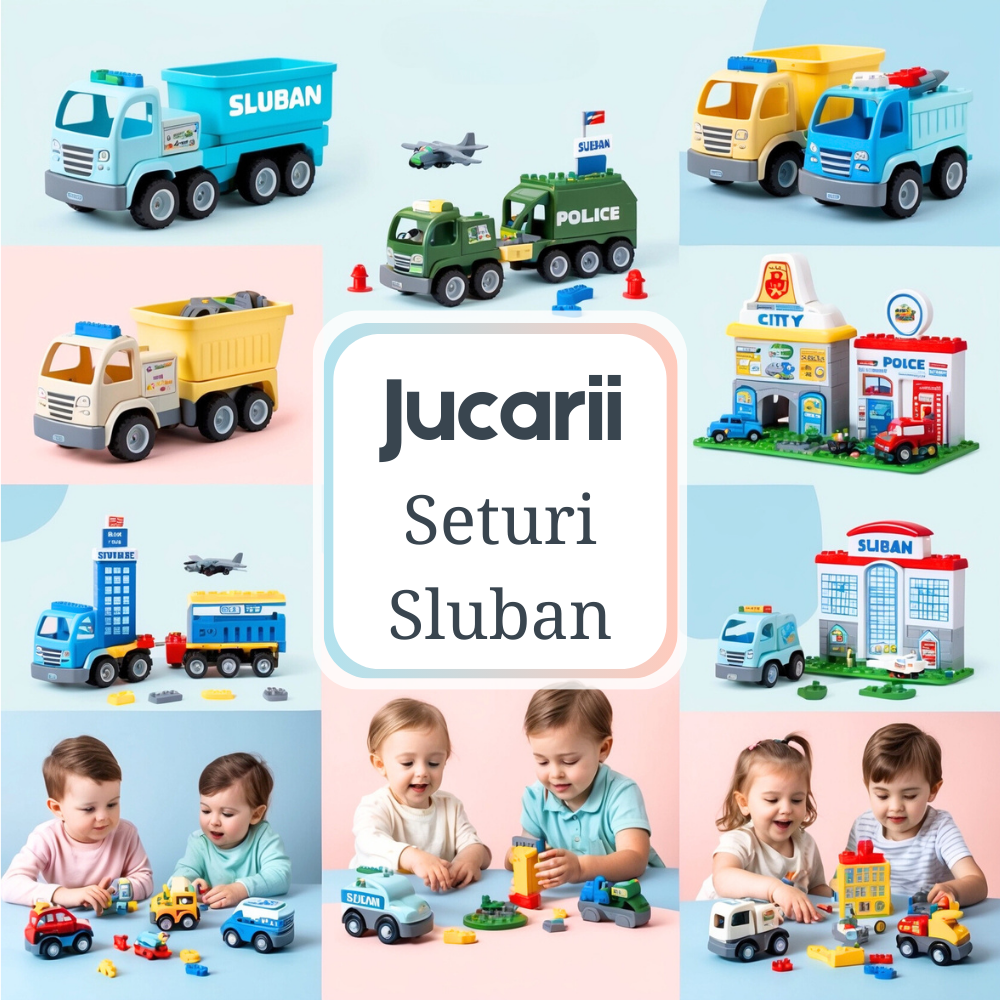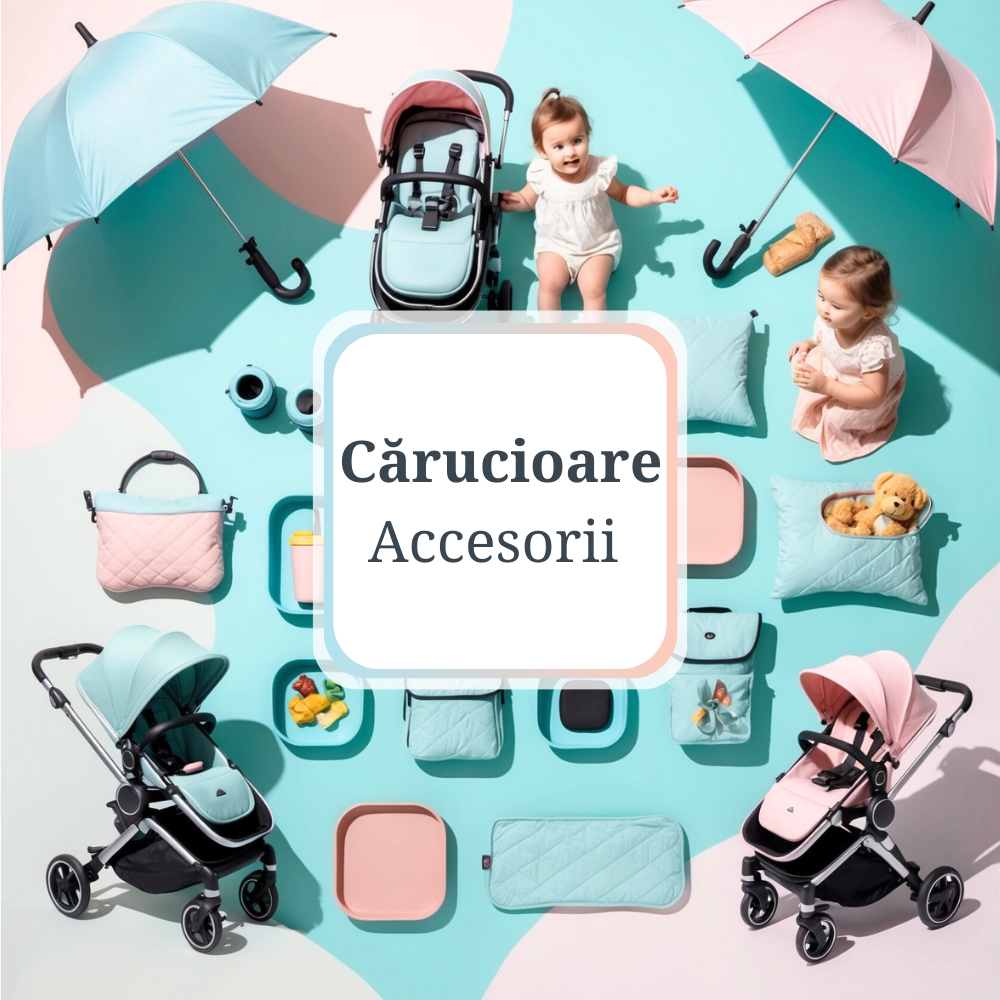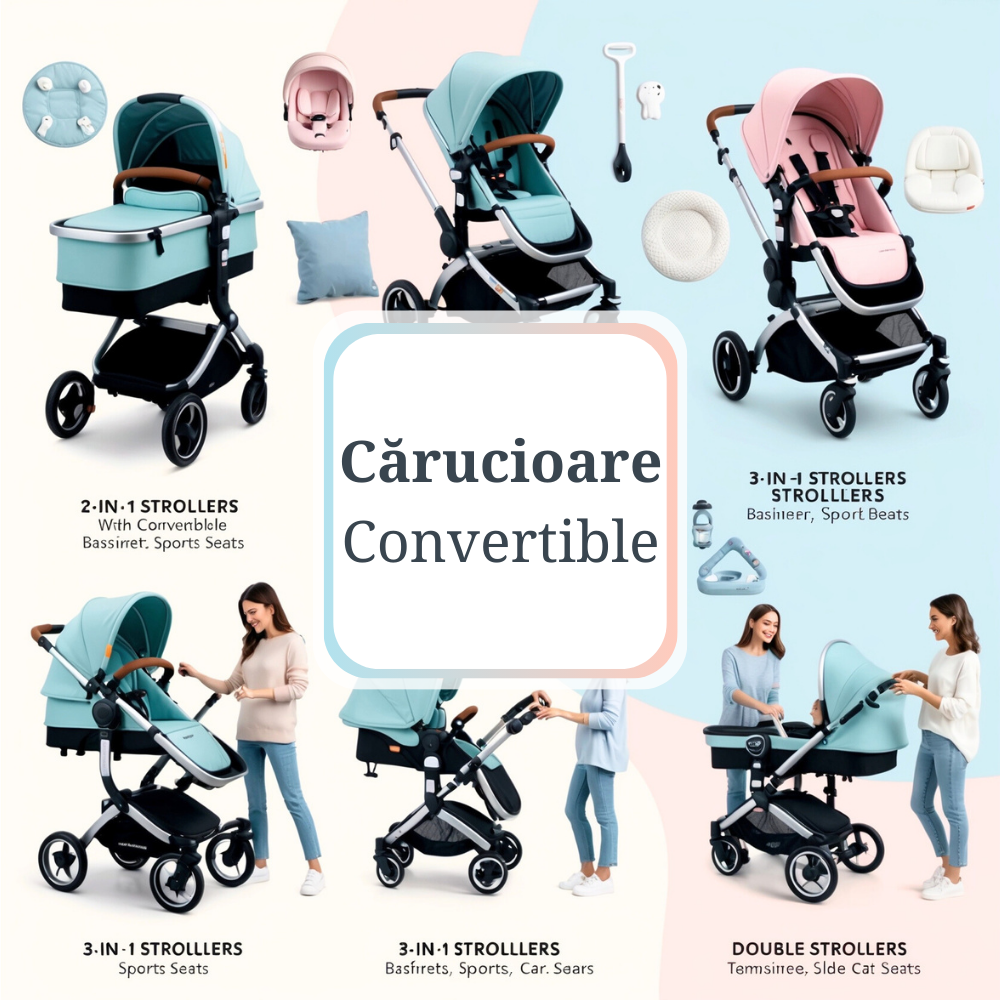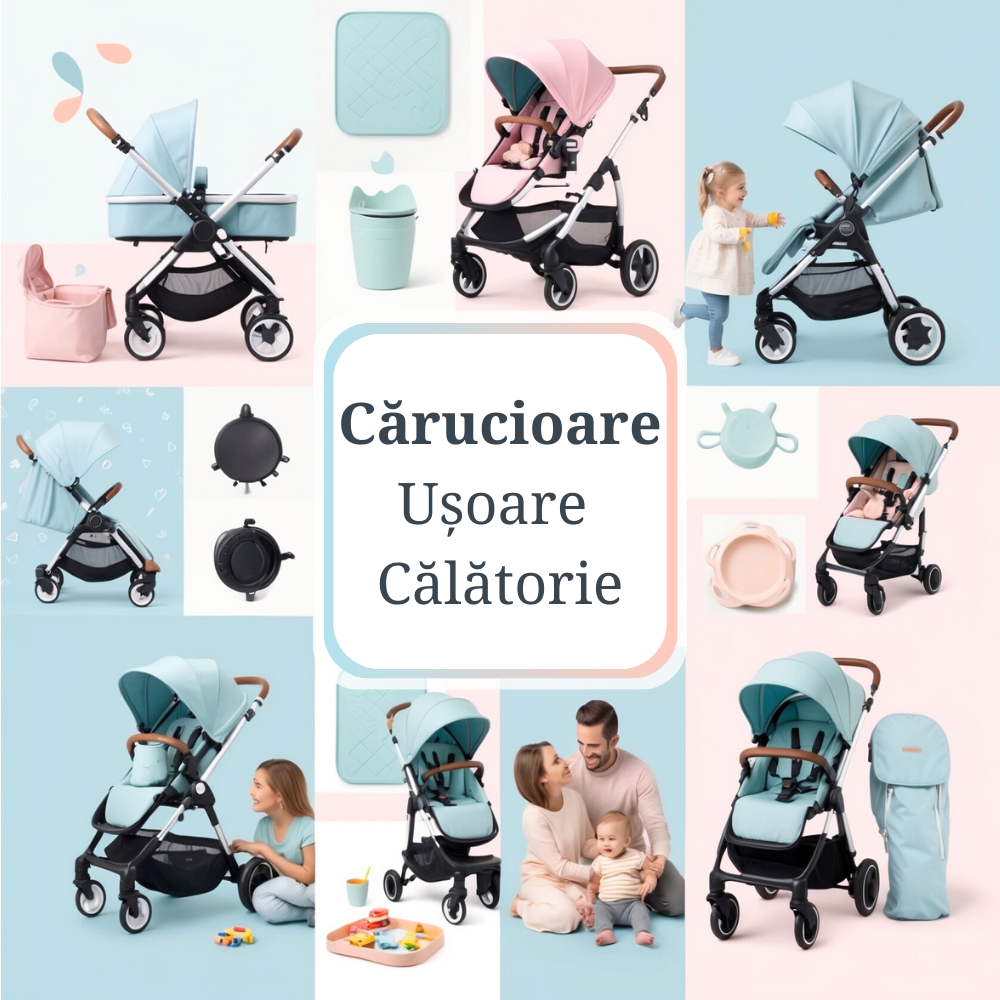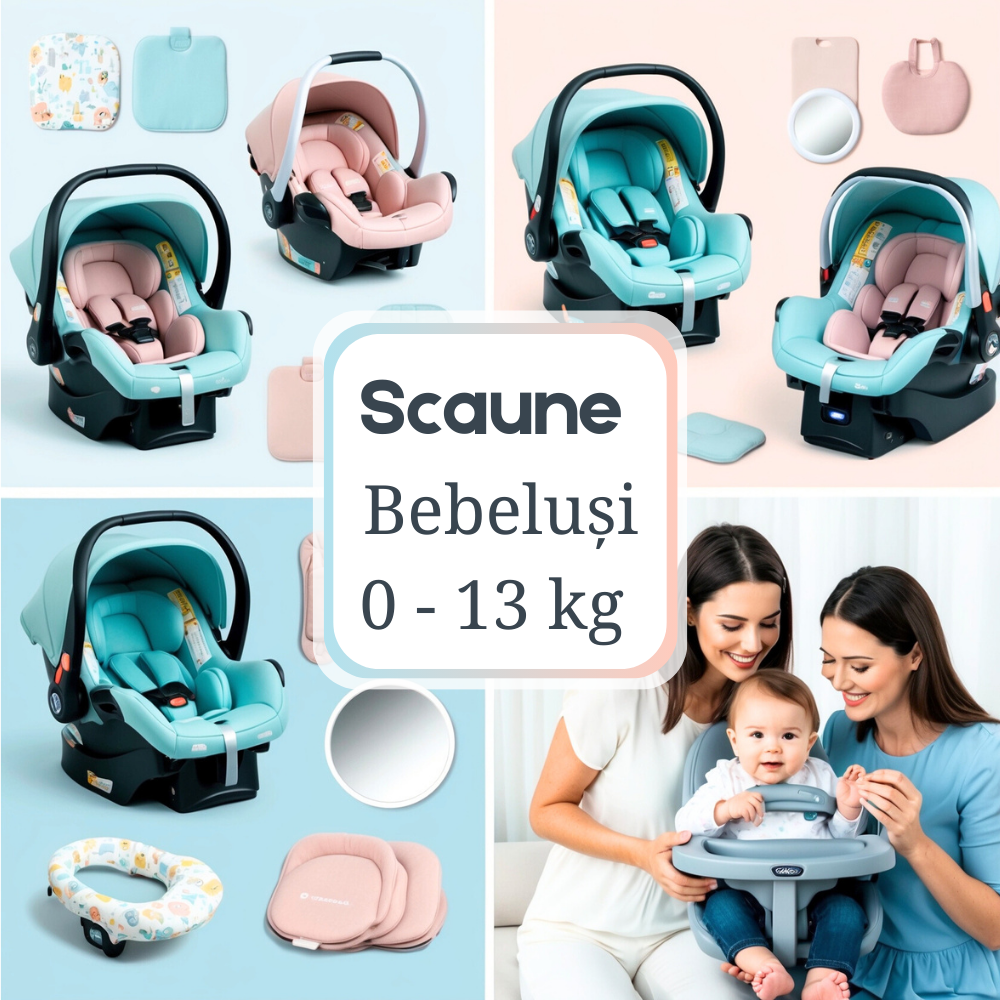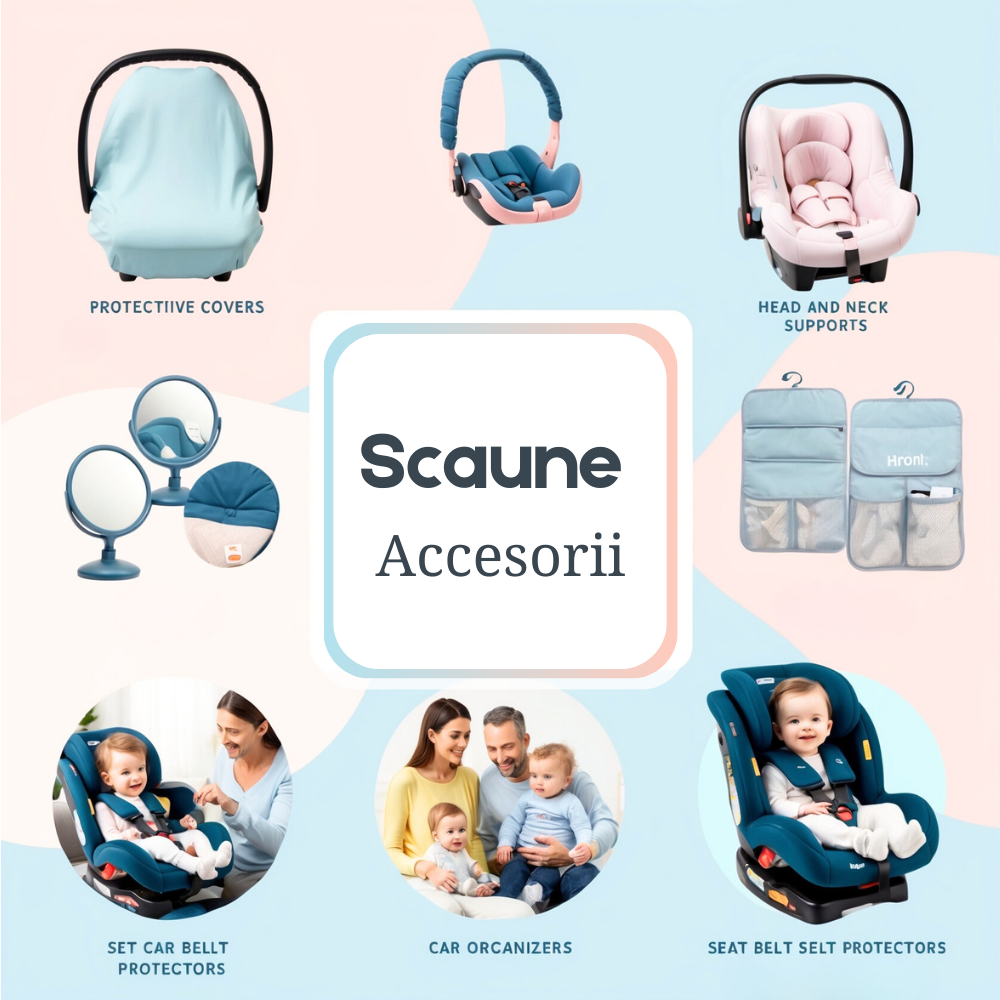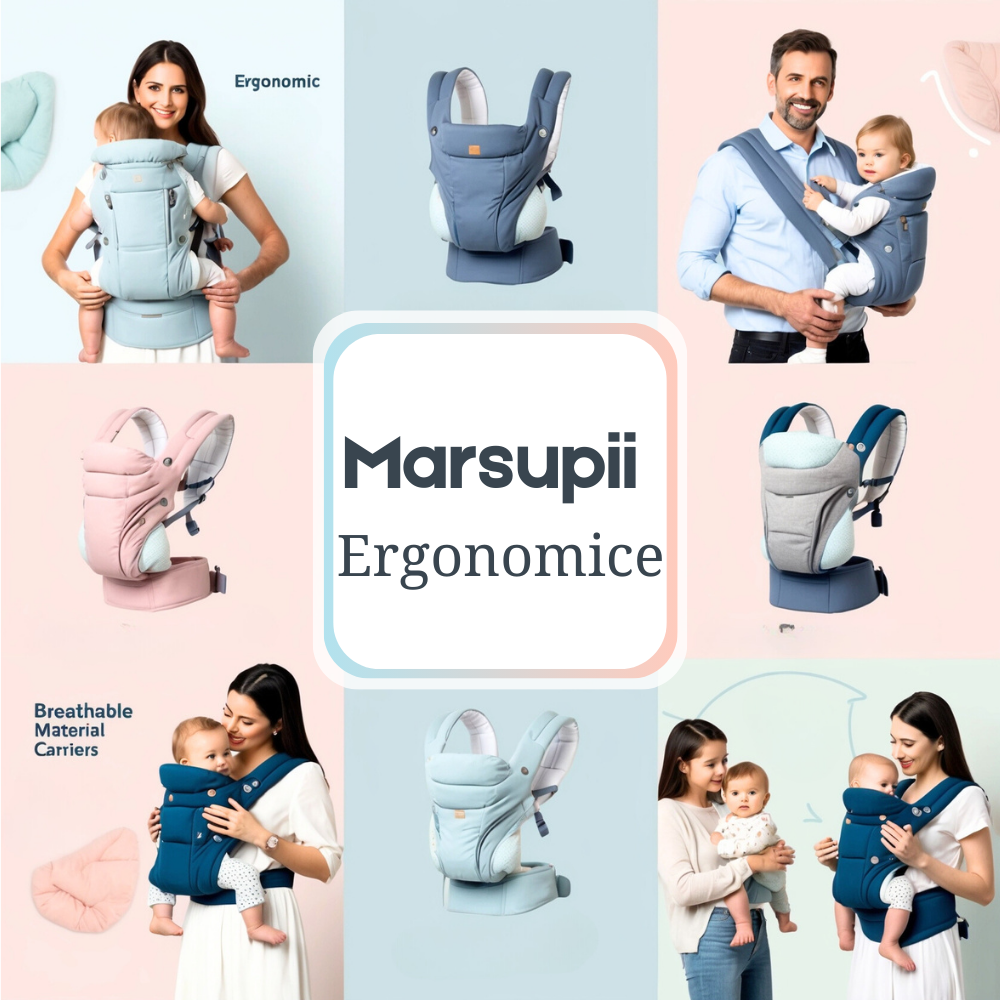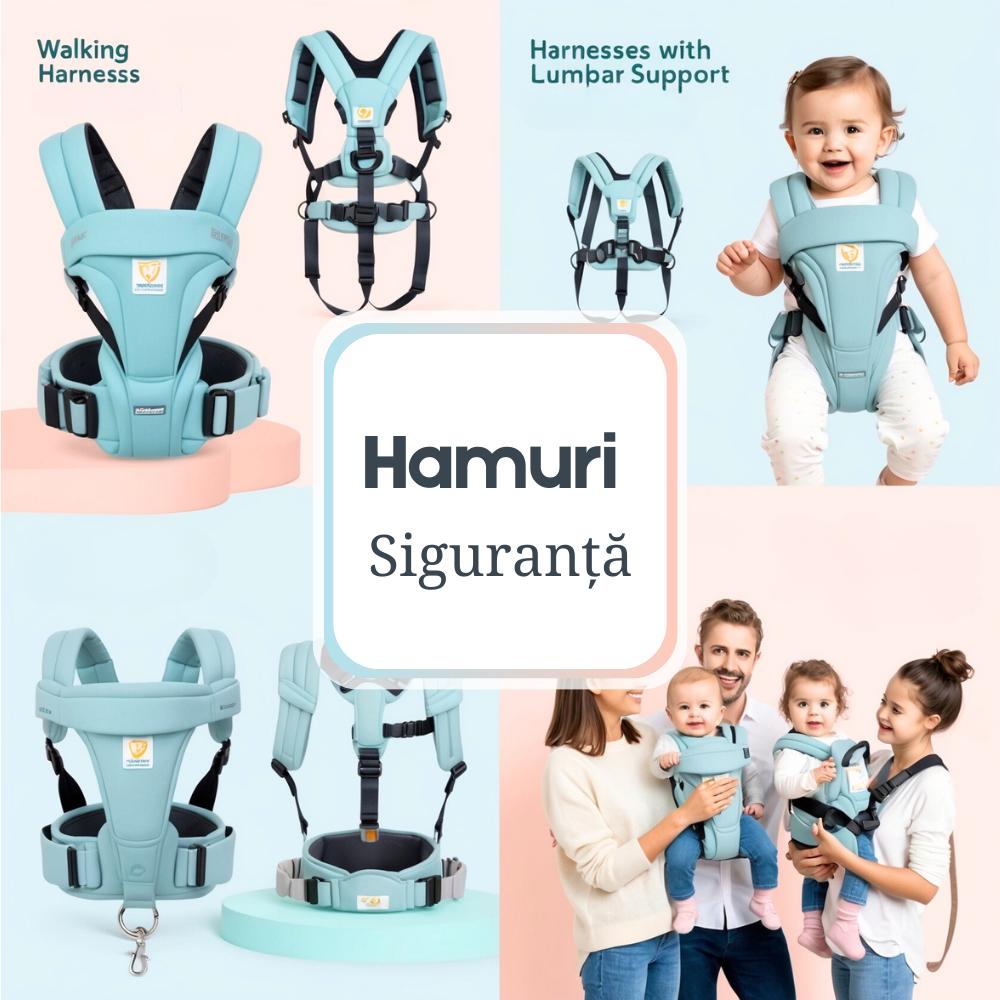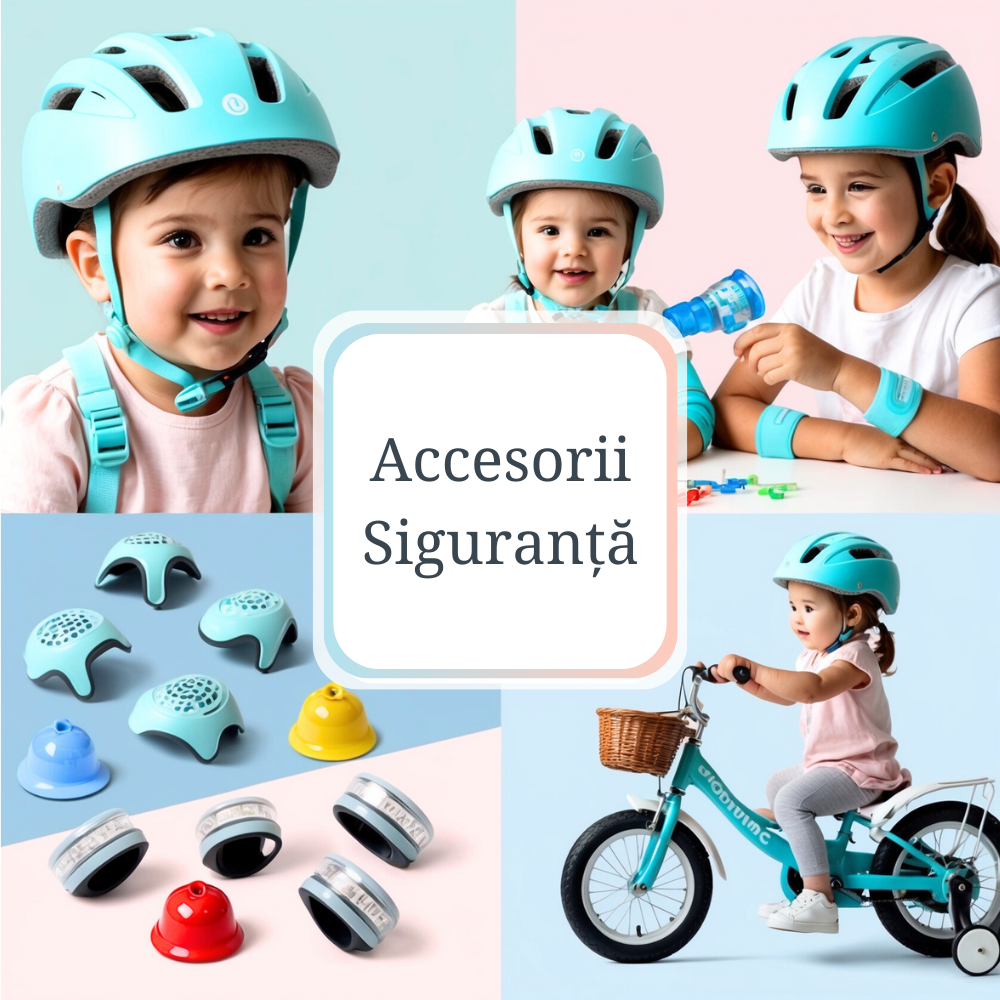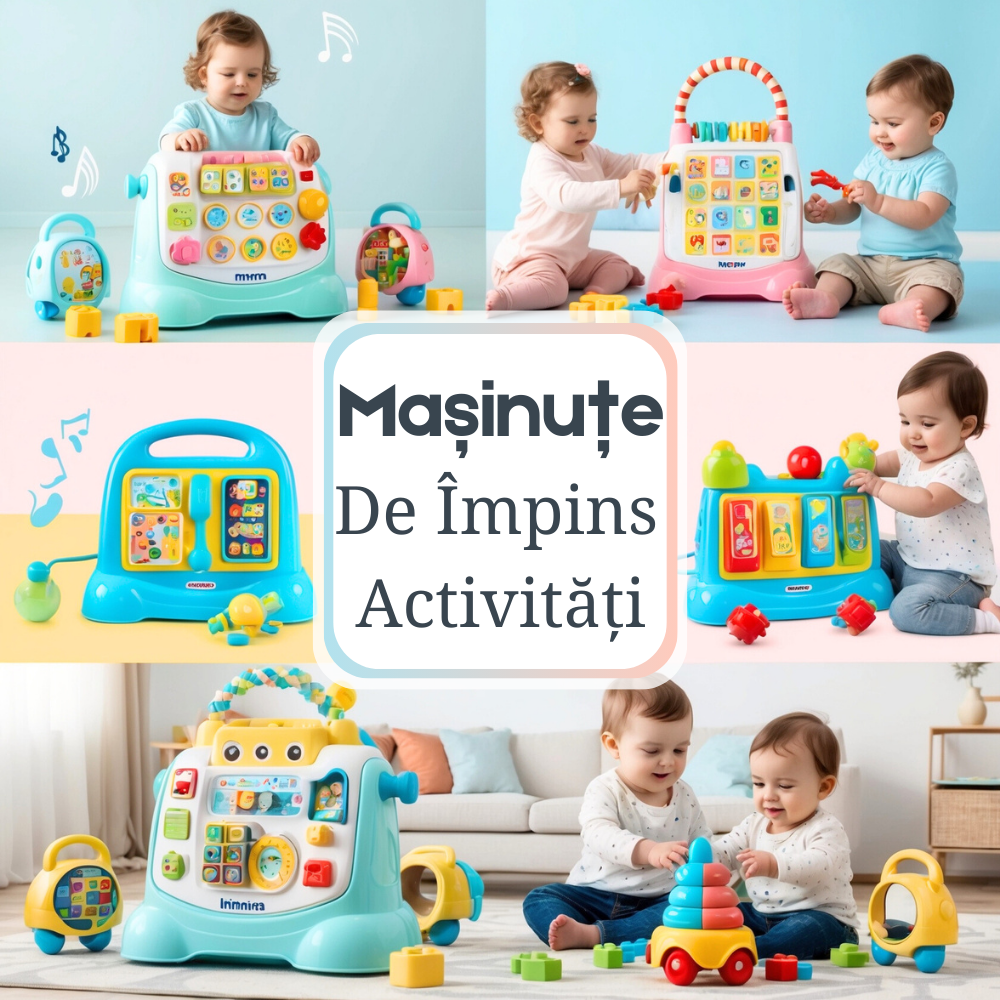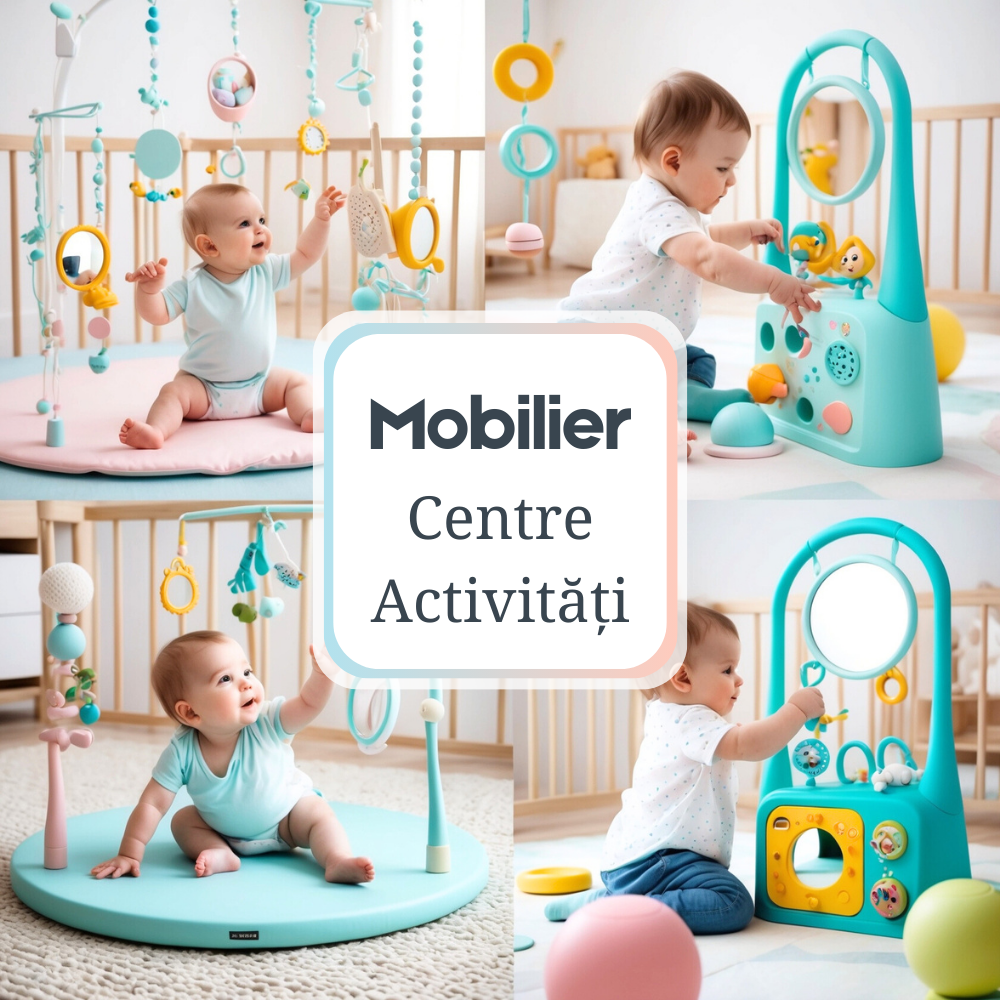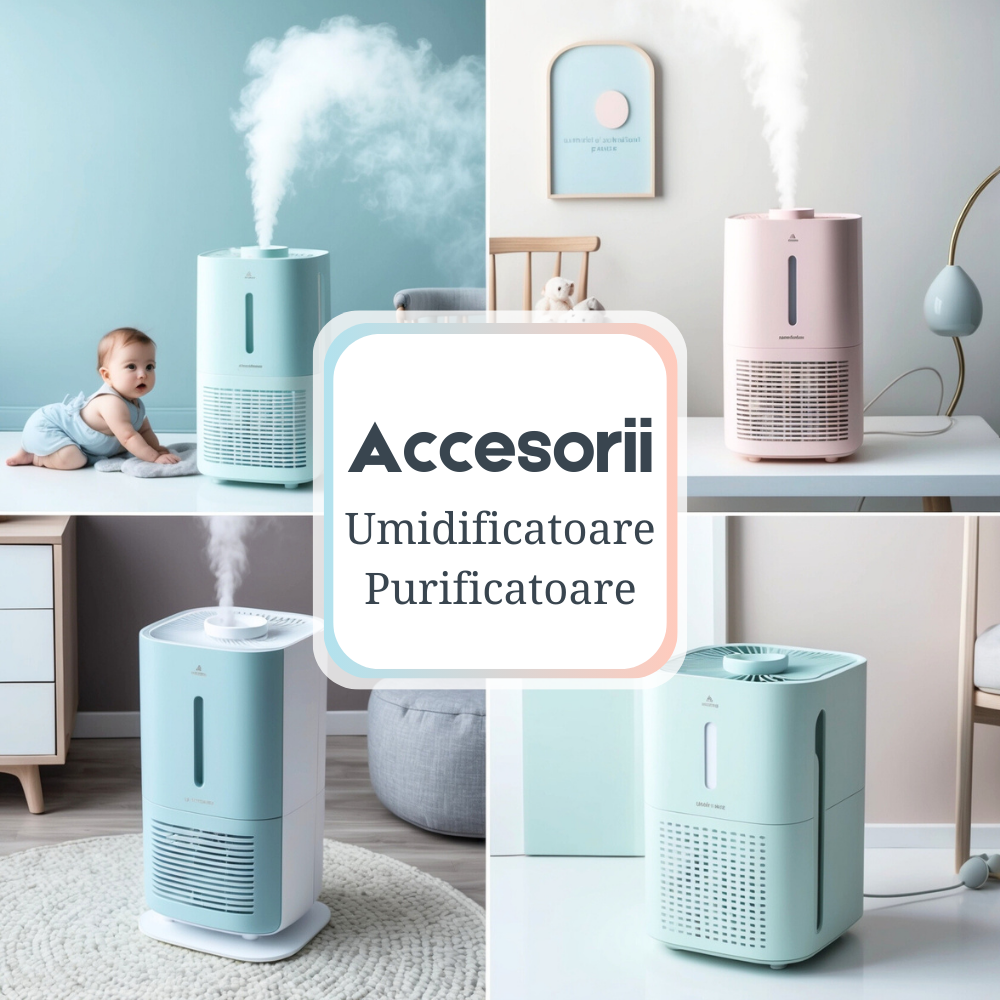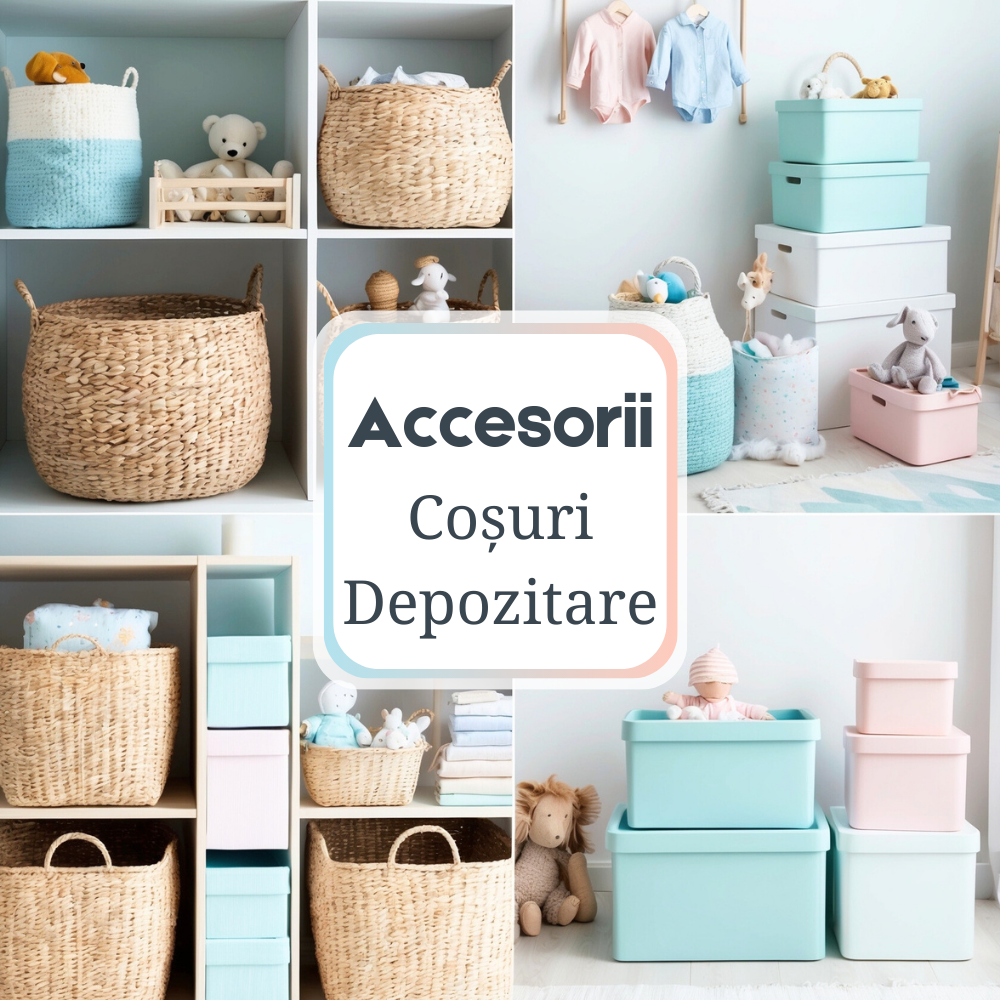How to Make the Kitchen Safe for Kids: Tips and Solutions
Introduction
The kitchen is the heart of the home, where the family gathers, meals are prepared and precious moments are shared. However, it can also be a dangerous place for little ones. Children are curious by nature and often the kitchen is the space they want to explore the most. Fortunately, there are simple steps and precautions parents and caregivers can take to ensure the kitchen is a safe environment for children. This article will be a complete guide to this, highlighting the most important aspects of child safety in the kitchen.
Motor and Kitchen Development
The kitchen can be seen as a playground for the child's motor development - but this comes with its own risks. In this section, we will discuss how to protect children from the risks associated with kitchen appliances, utensils and other potentially dangerous objects.
Protection Against Kitchen Appliances
Kitchen appliances, such as the oven, dishwasher or microwave, are often at eye level for children, easily attracting them. It is essential to teach children not to approach or touch these appliances when they are in operation. It's also important to have knob and handle locks, or install oven guards to prevent burns.
Utensil Safety
Kitchen utensils such as knives, forks or blenders must be kept away from children. It's a good idea to have a utensil drawer lock or keep sharps in a high, inaccessible rack. Teach children that utensils are not toys and always supervise them when around them.
Security of Storage Spaces
Cleaning products and other potentially toxic substances should be stored in locked or tall cabinets, away from the prying hands of children. It is also essential to explain to children why certain products are dangerous when ingested or when they come into contact with the skin.
Language Development and Cooking
The kitchen is a great environment for children's language development, encouraging them to learn the names of foods, utensils and follow simple instructions. In this section, we'll explore ways you can use your time in the kitchen as a learning opportunity.
Learning Food Names
As you prepare the food, encourage the children to name different foods and discuss their texture, color and taste. This not only enriches their vocabulary, but also helps them develop a healthy relationship with food.
Following the Instructions
Involving children in the cooking process, even through a series of simple steps, can teach them to follow directions and develop focus. Whether it's counting ingredients or mixing a salad, these activities support language development.
Promotion of Communication
Conversations with children while cooking are essential for developing communication skills. Ask them questions, listen carefully to their answers and encourage dialogue. This type of interaction promotes self-confidence and develops children's ability to carry on a conversation.
Tips and Solutions for Kitchen Safety
There are many tips and solutions that parents can apply to make the kitchen a safe place for children. This section will include some practical measures that you can implement immediately.
Establishing Kitchen Rules
It is vital to set a clear set of rules for children when they are in the kitchen, such as 'Don't touch the appliances when they are hot' or 'Stay away from the oven'. Clear and consistent rules help children remember what is allowed and what is not.
Organizing the Kitchen
Have an organized kitchen where everything has its place - it's much easier to maintain safety when you know where each item is. Labeling drawers and shelves can also be helpful.
Investing in Safety Equipment
There are a multitude of products available on the market specific to child safety in the kitchen. Invest in drawer and cabinet safes, corner protectors or door stoppers that can prevent accidents.
Learning First Aid
Parents and caregivers must be prepared to act in an emergency. Knowing basic first aid and resuscitation maneuvers is essential to guarantee the right response should, unfortunately, something should go wrong.
Conclusion
Child safety in the kitchen should be a priority for any parent or carer. By following the tips and solutions presented in this article, you can reduce the risks to which children are exposed and make the kitchen a safe and conducive environment for their development. Remember that prevention is the best method of protection and that it is our responsibility to ensure an environment where children can grow and learn safely. If you need more advice or safety equipment, visit our store or subscribe to our newsletter to stay up to date with the latest solutions for your family.



